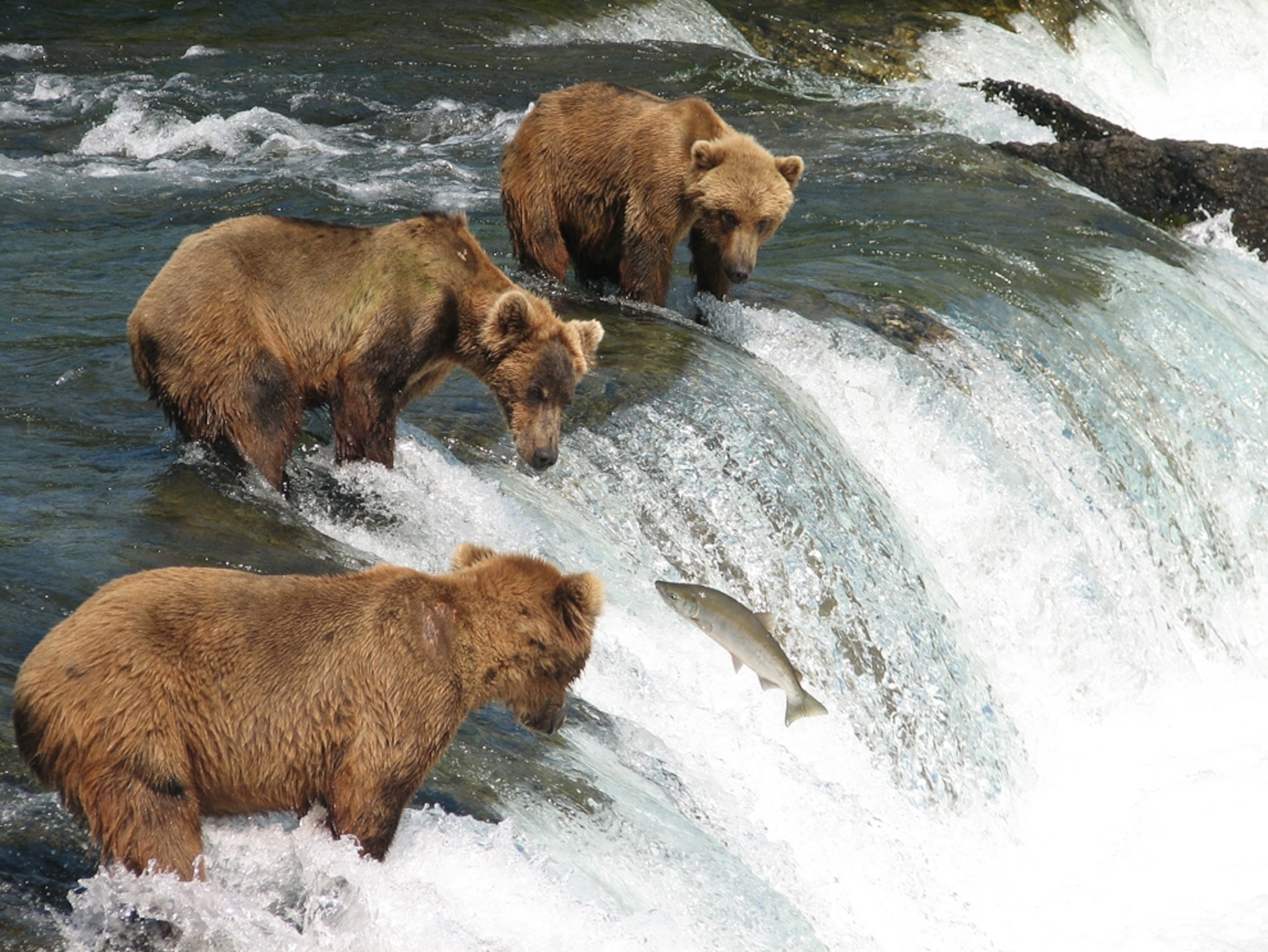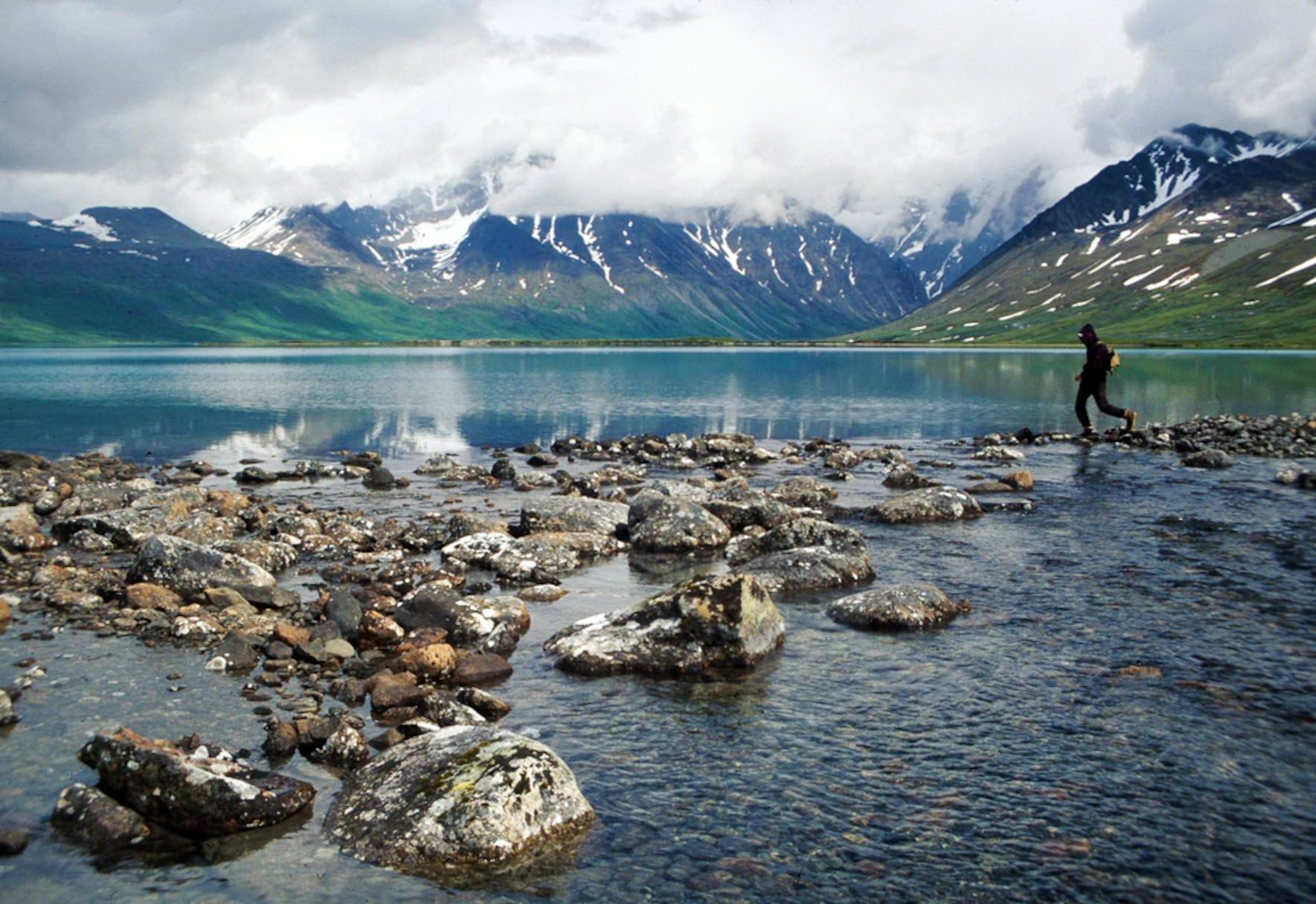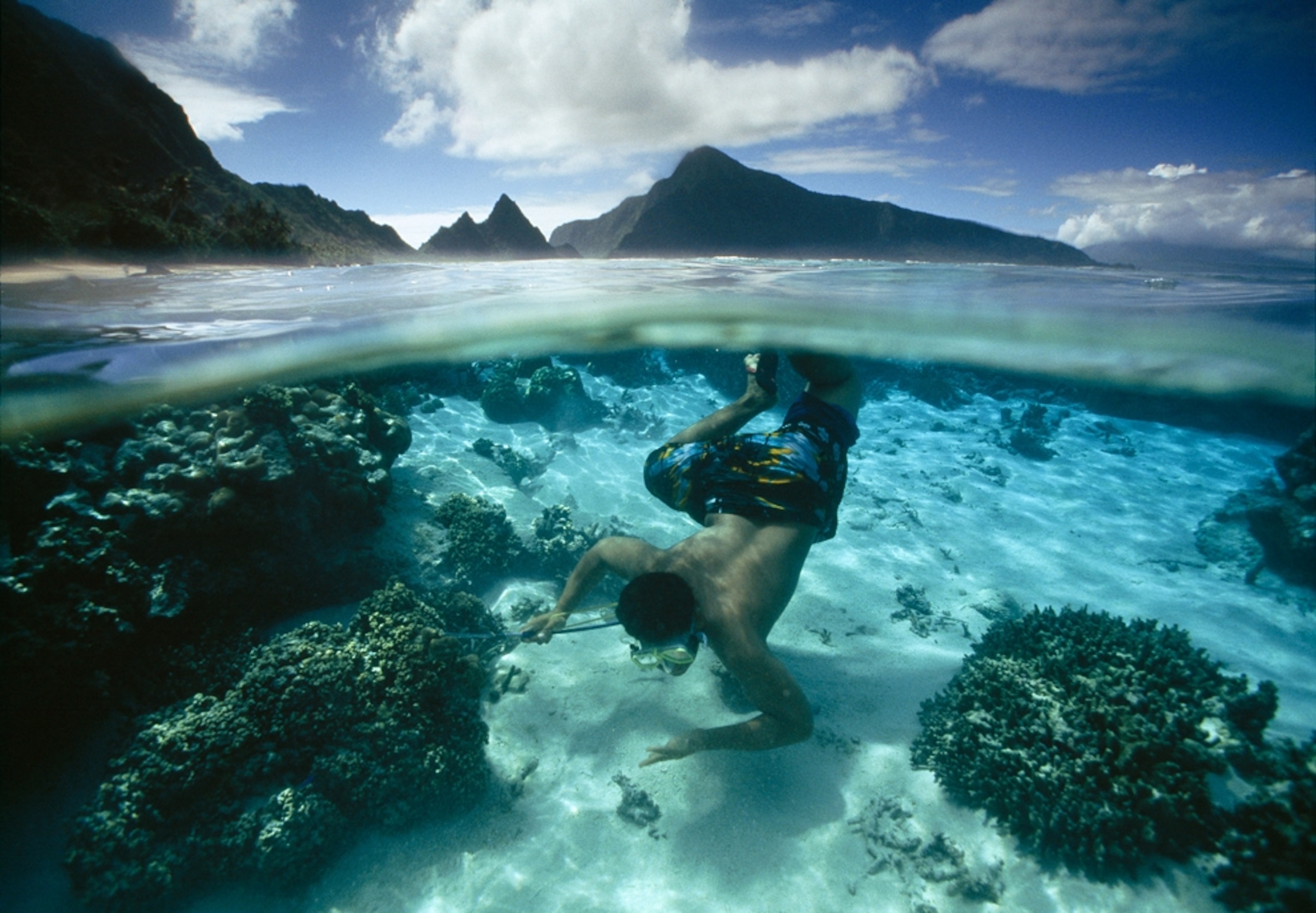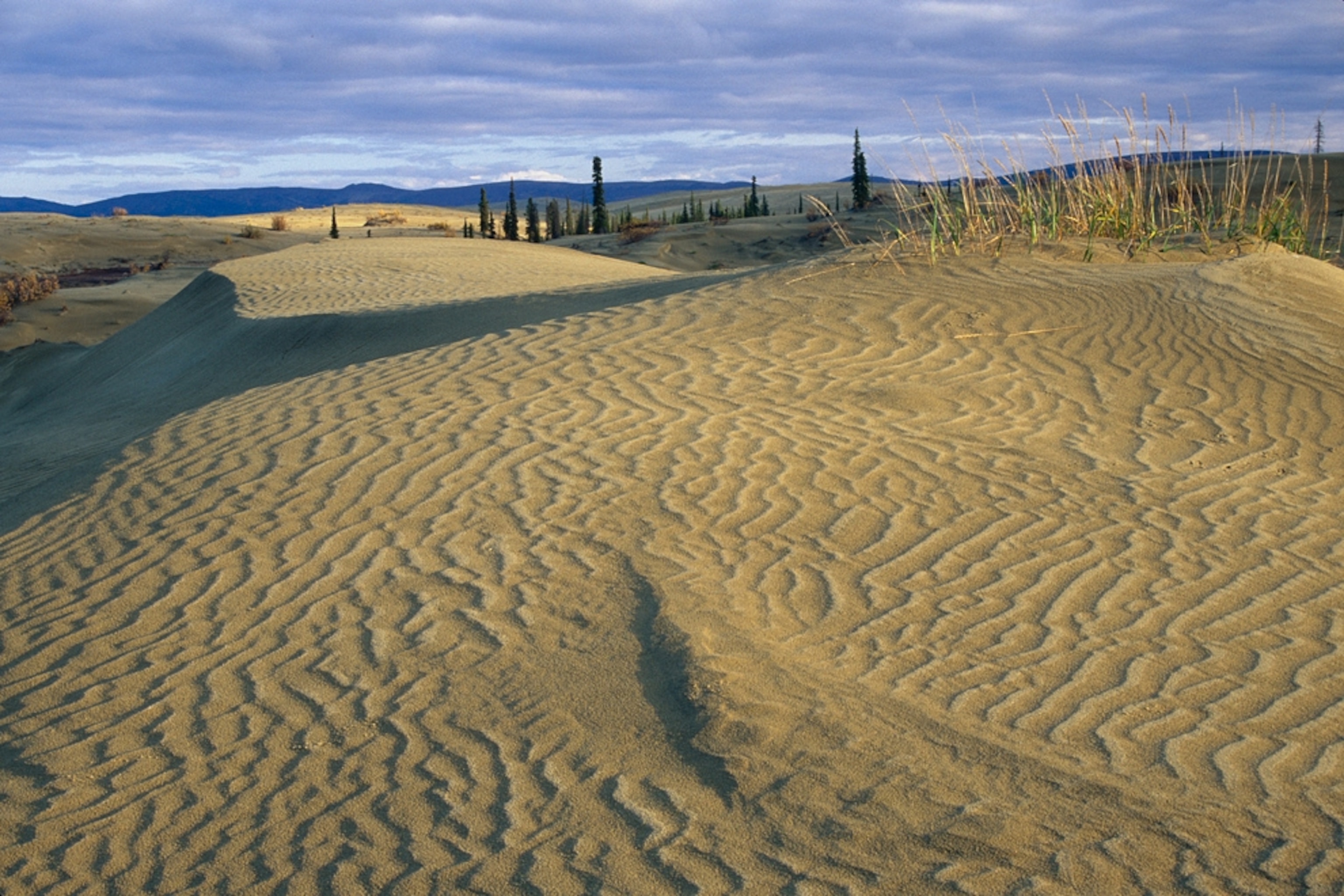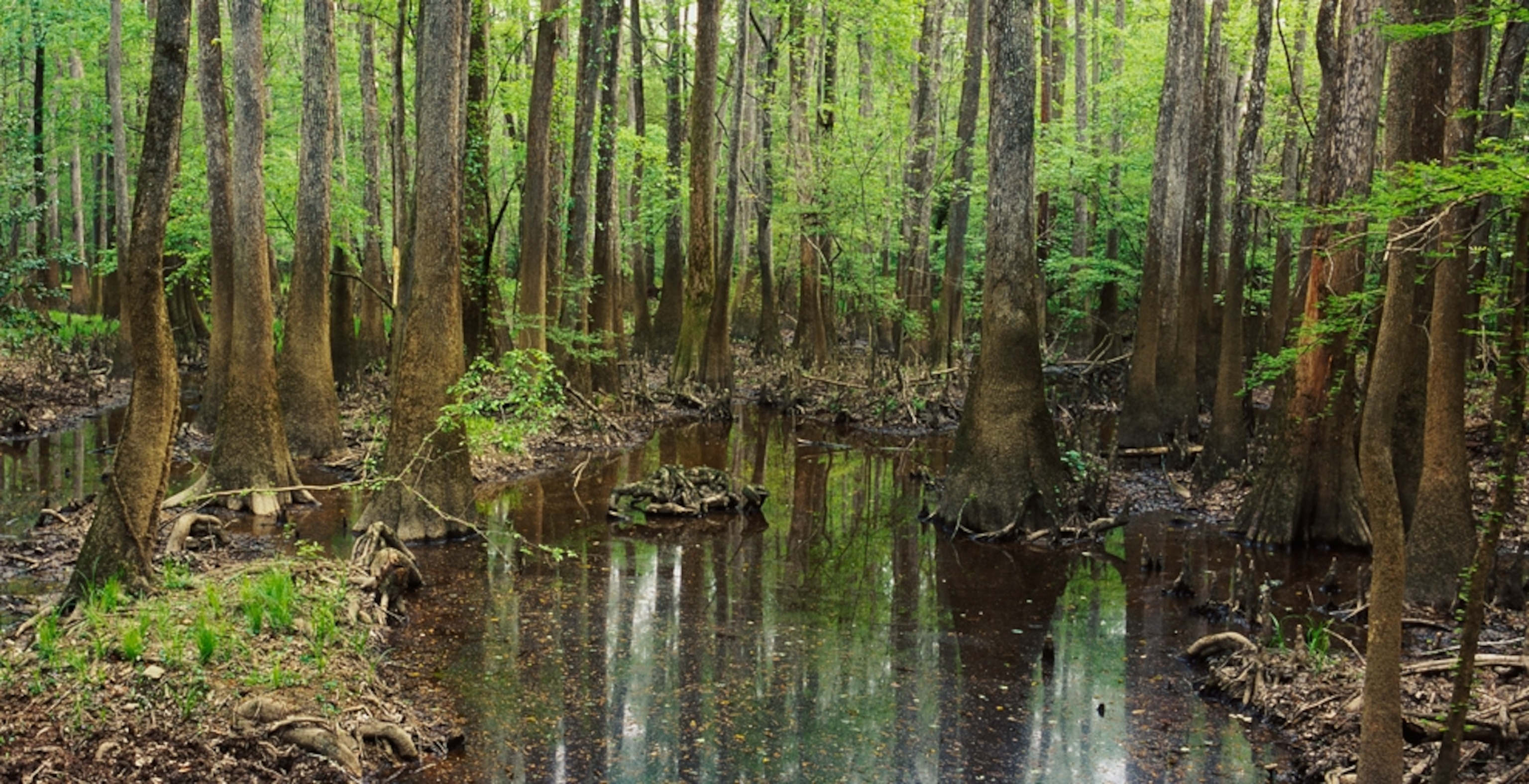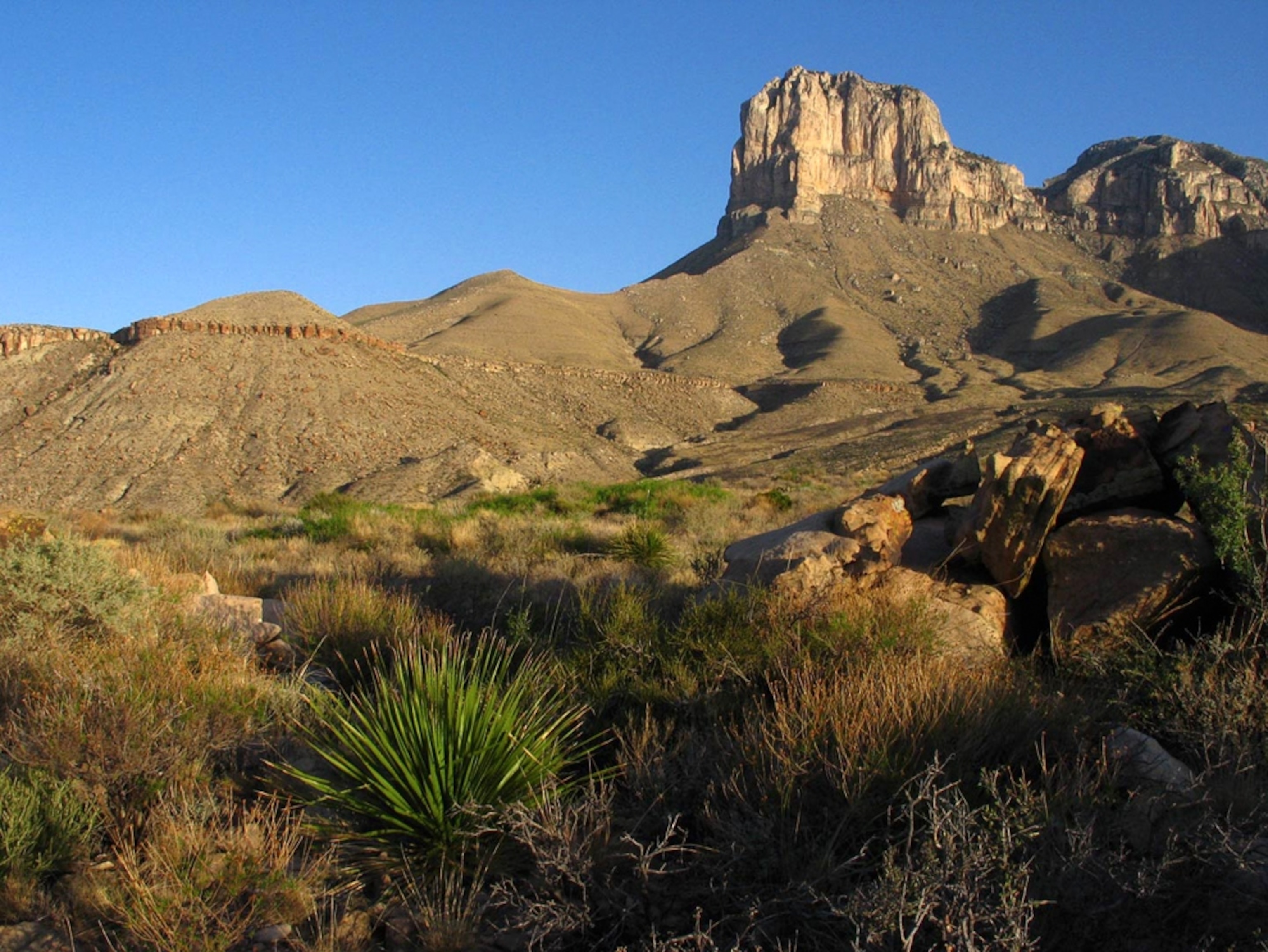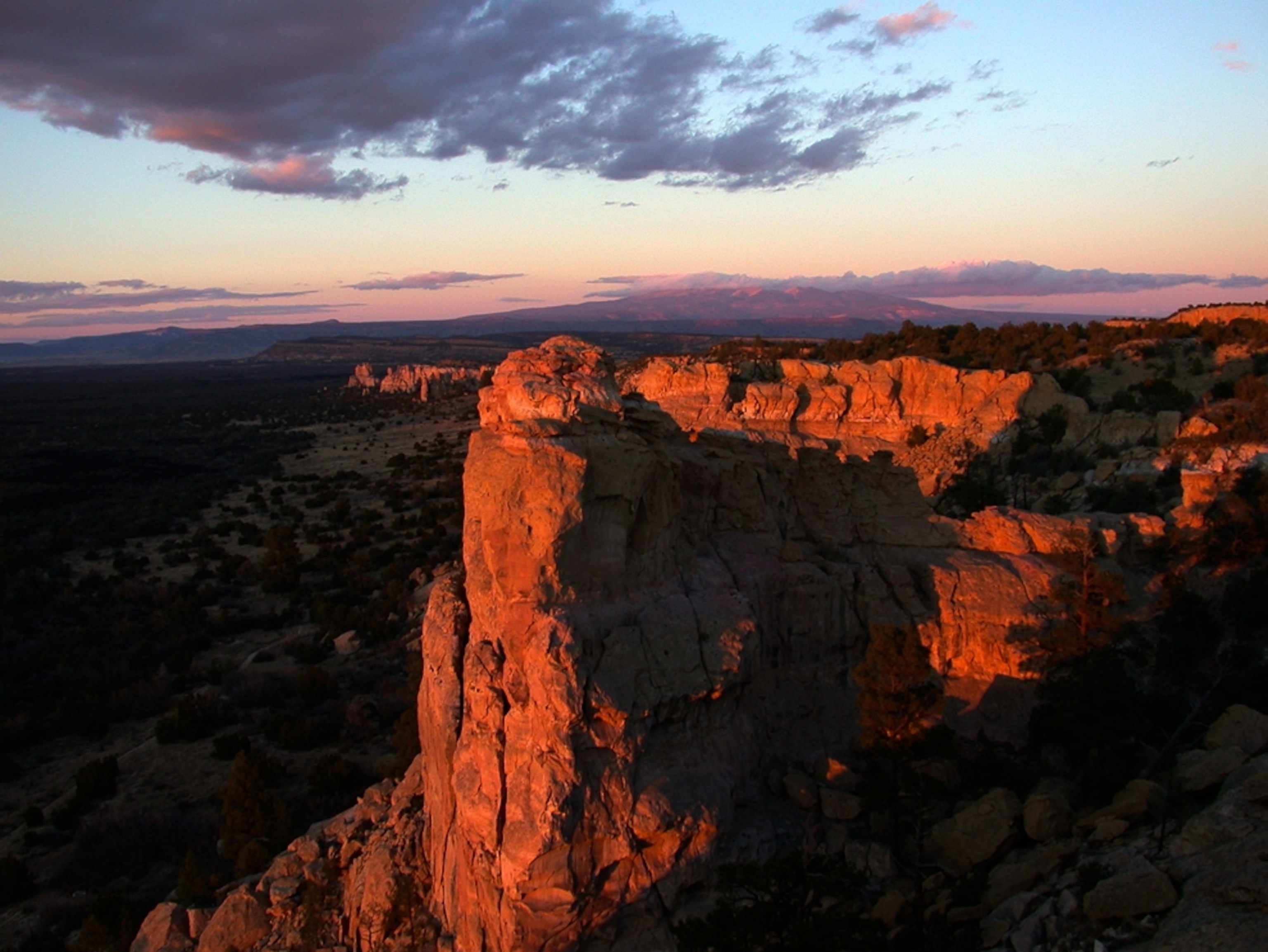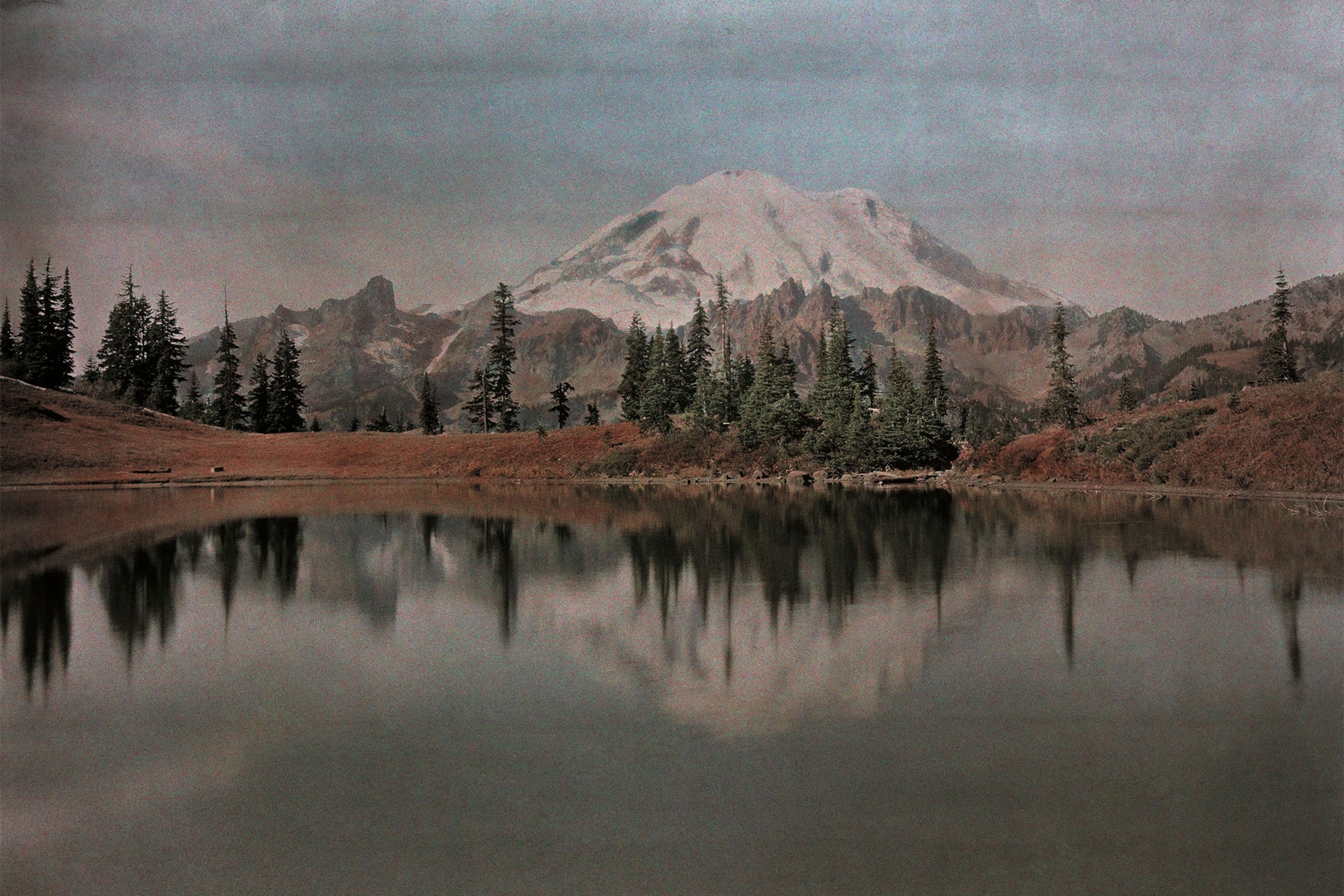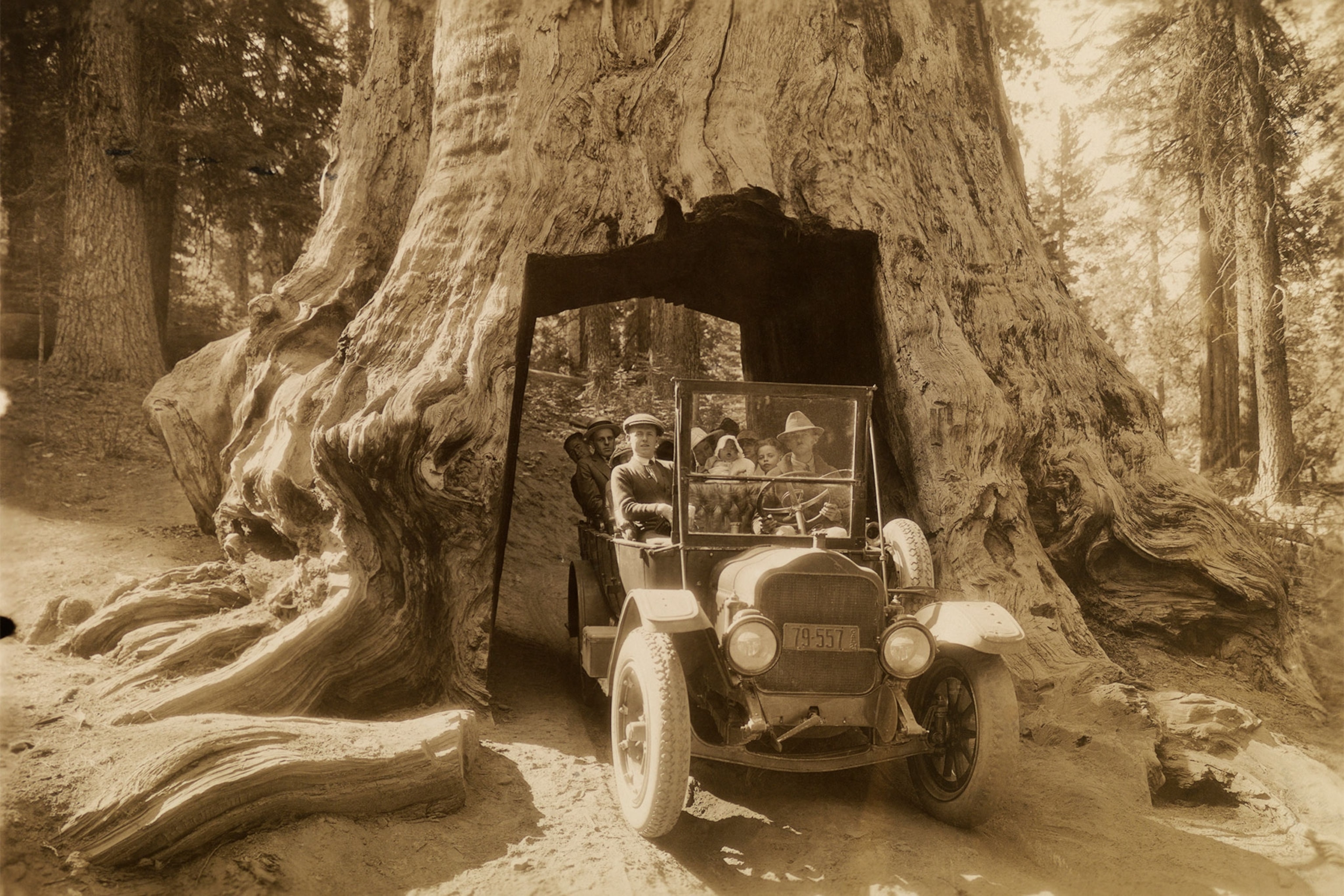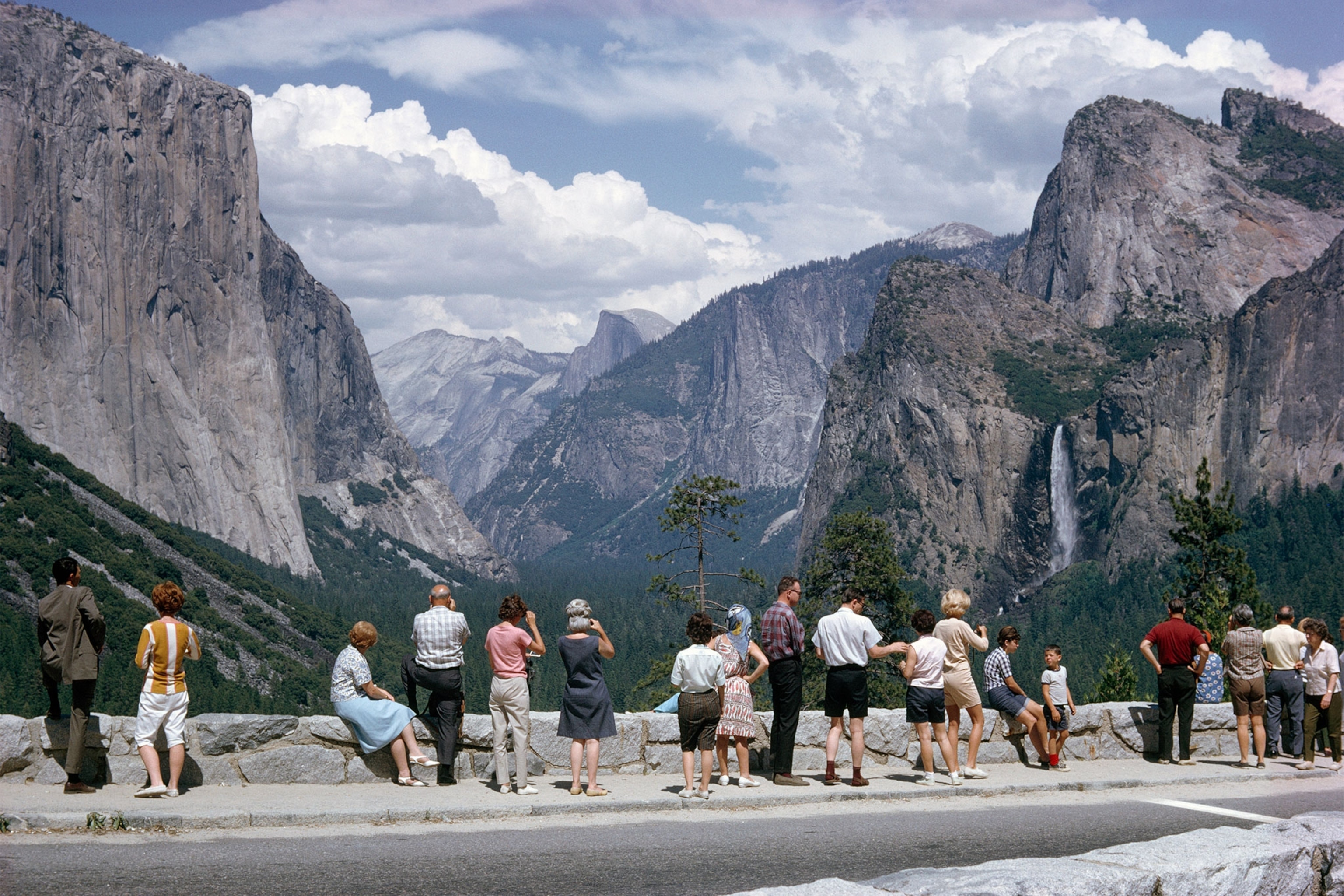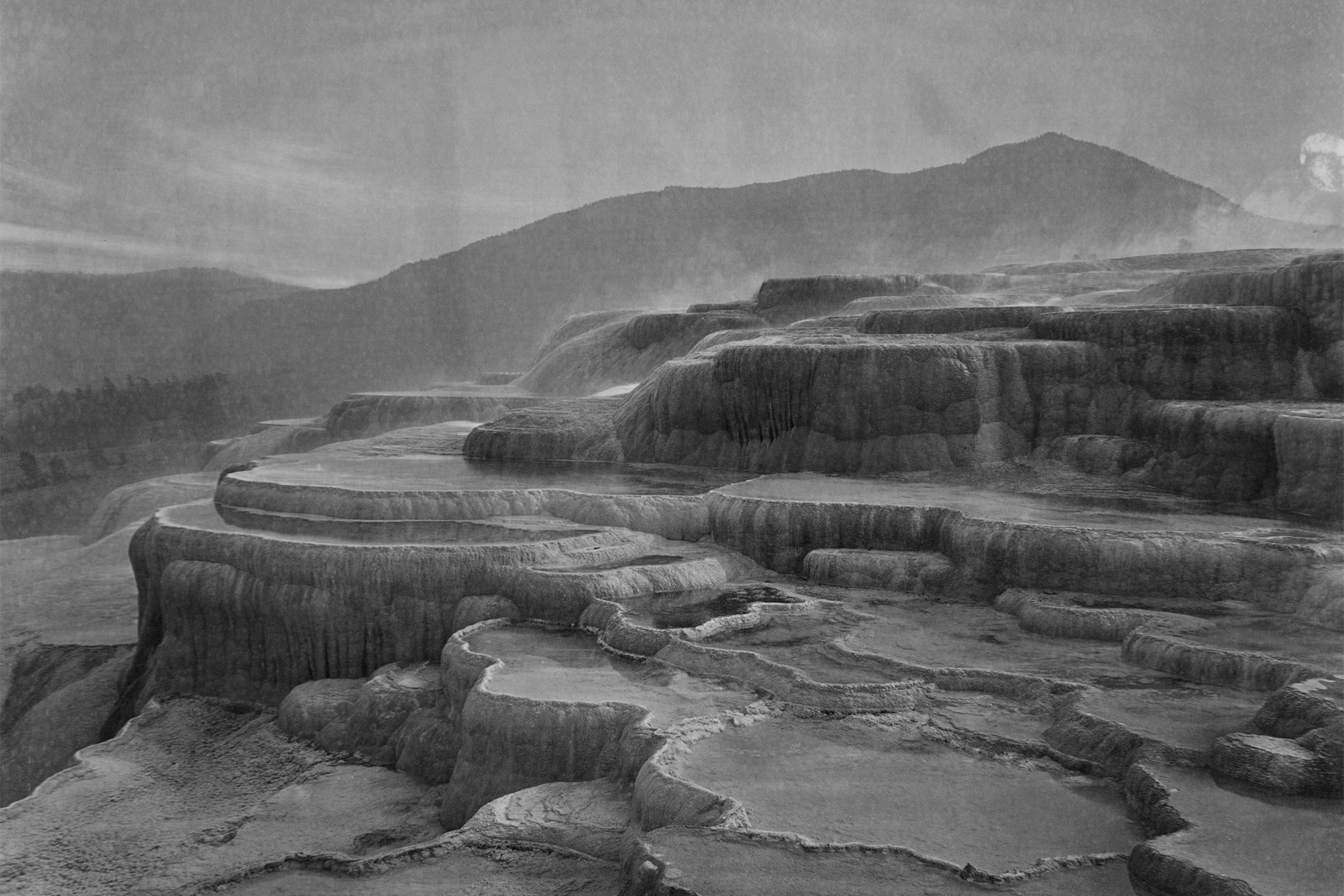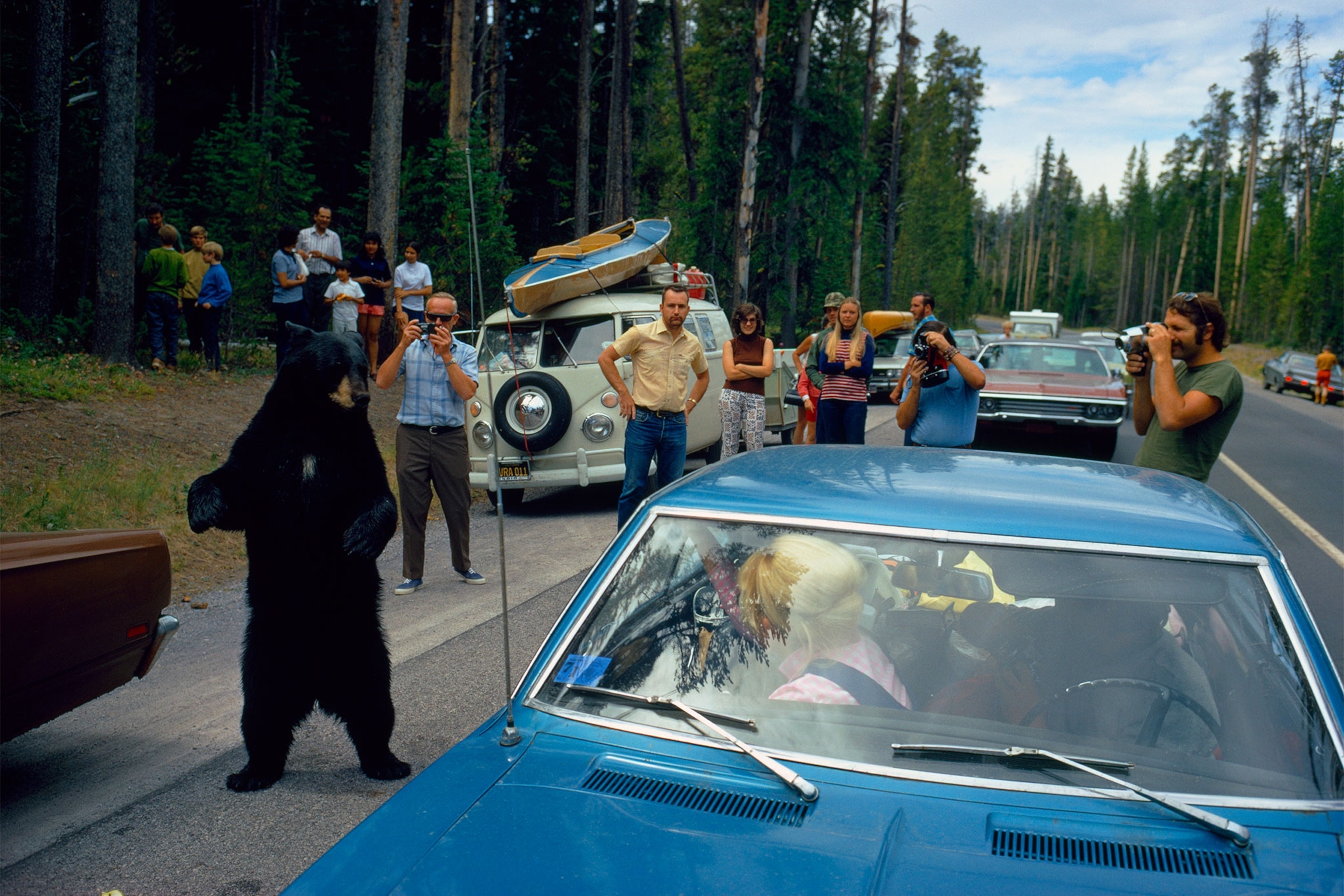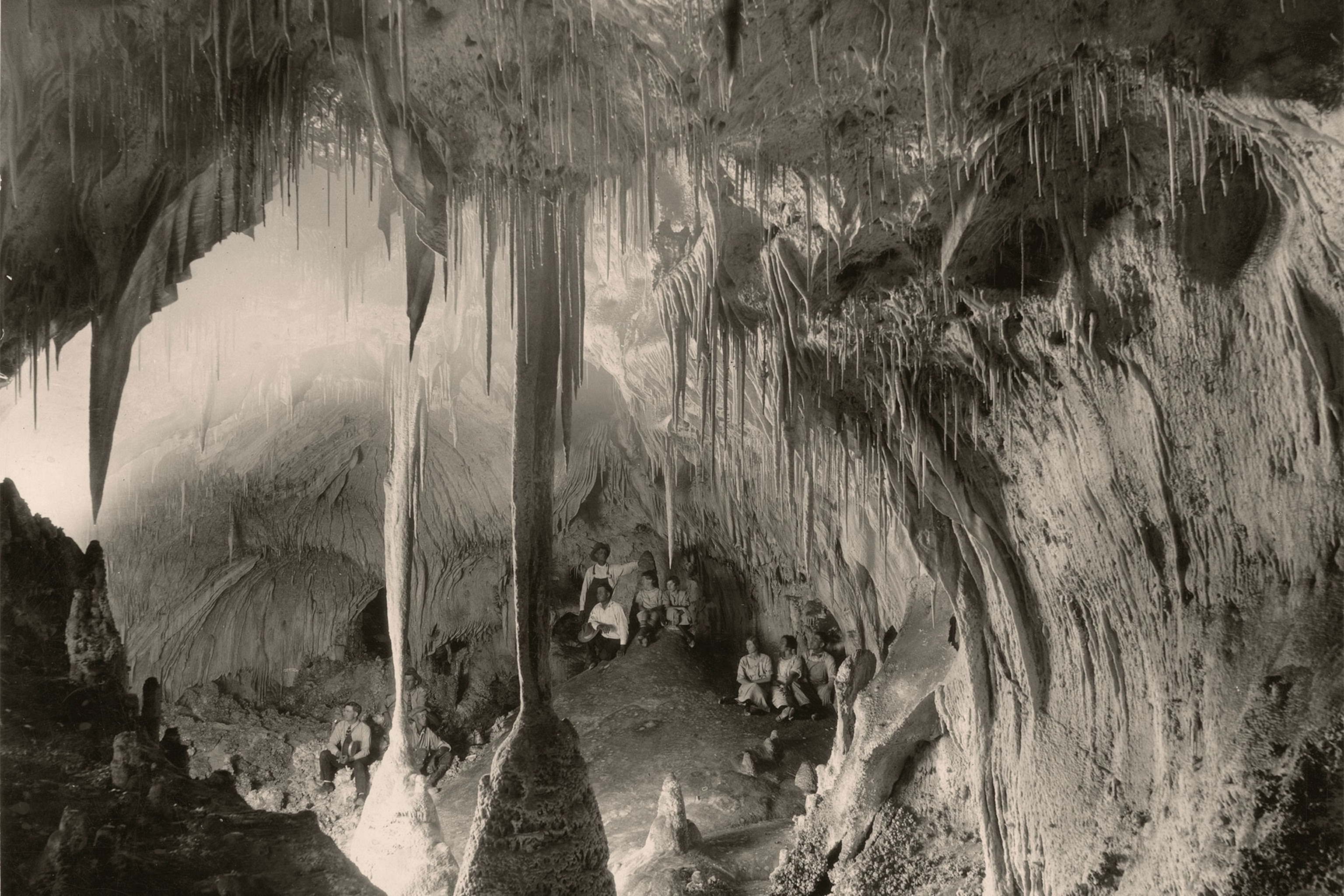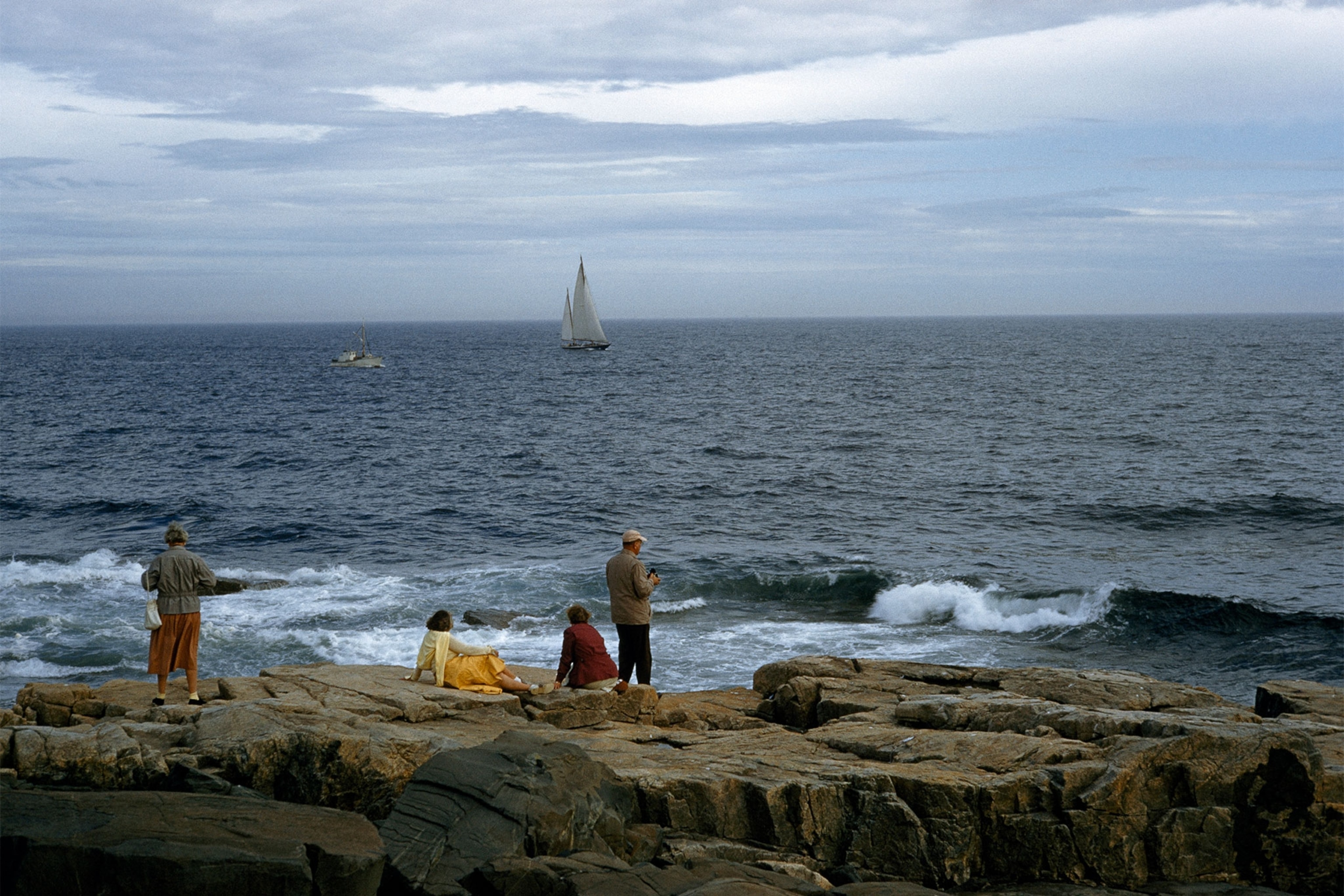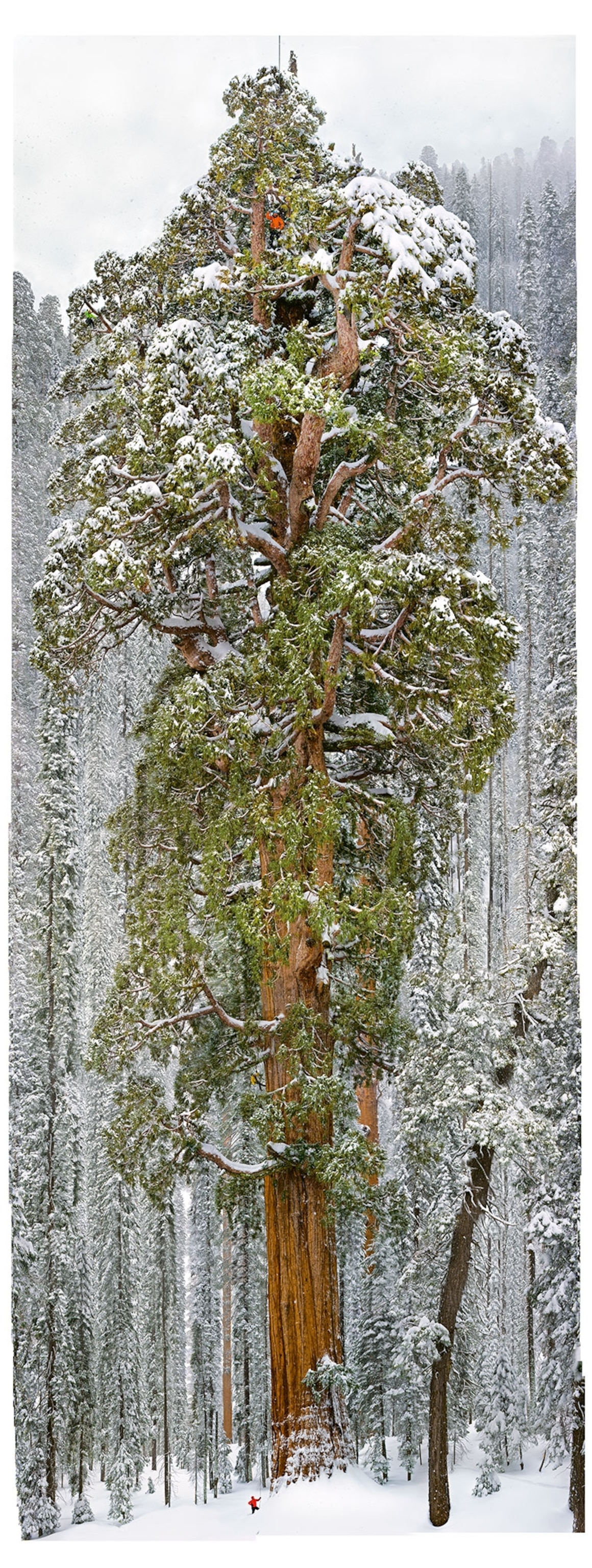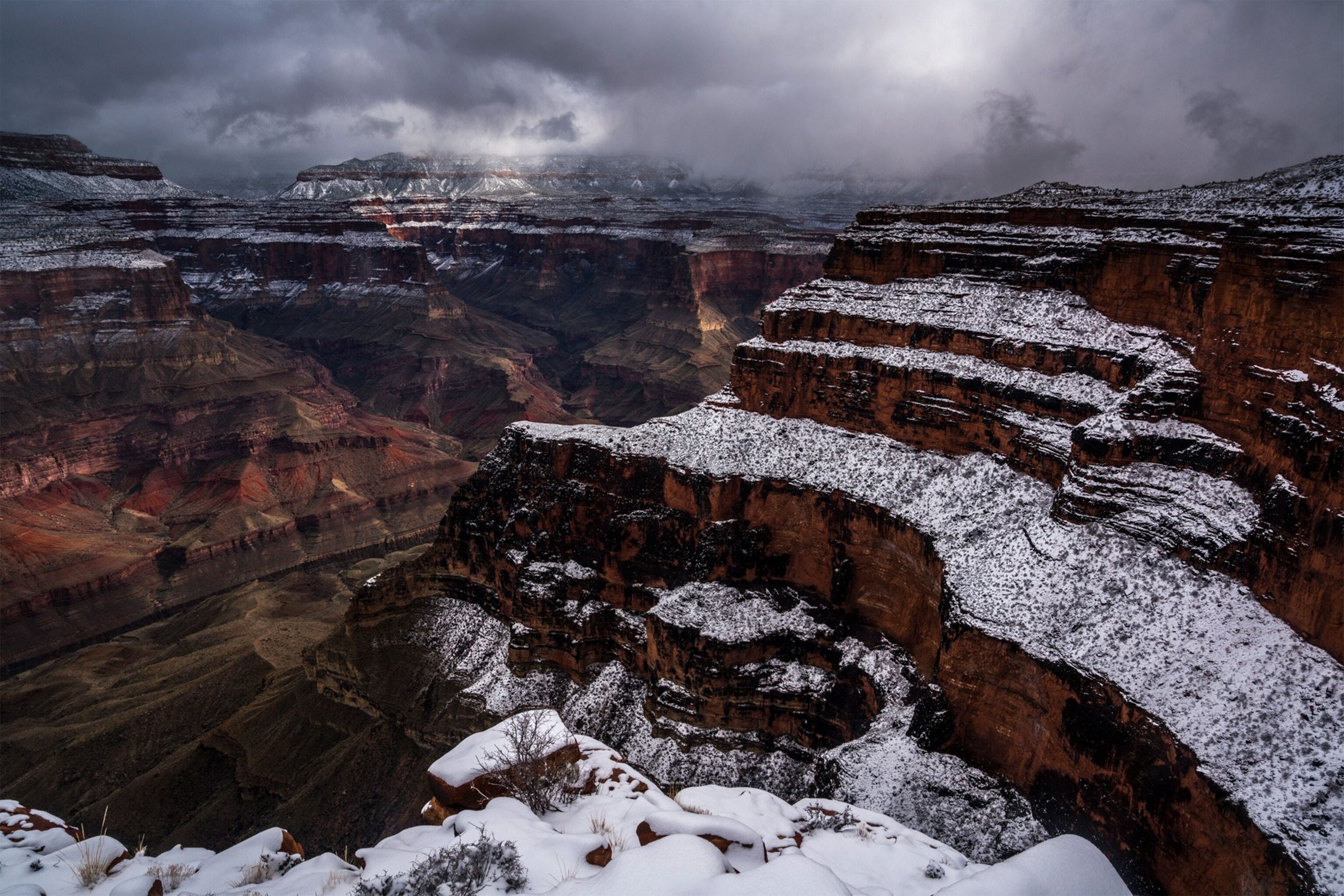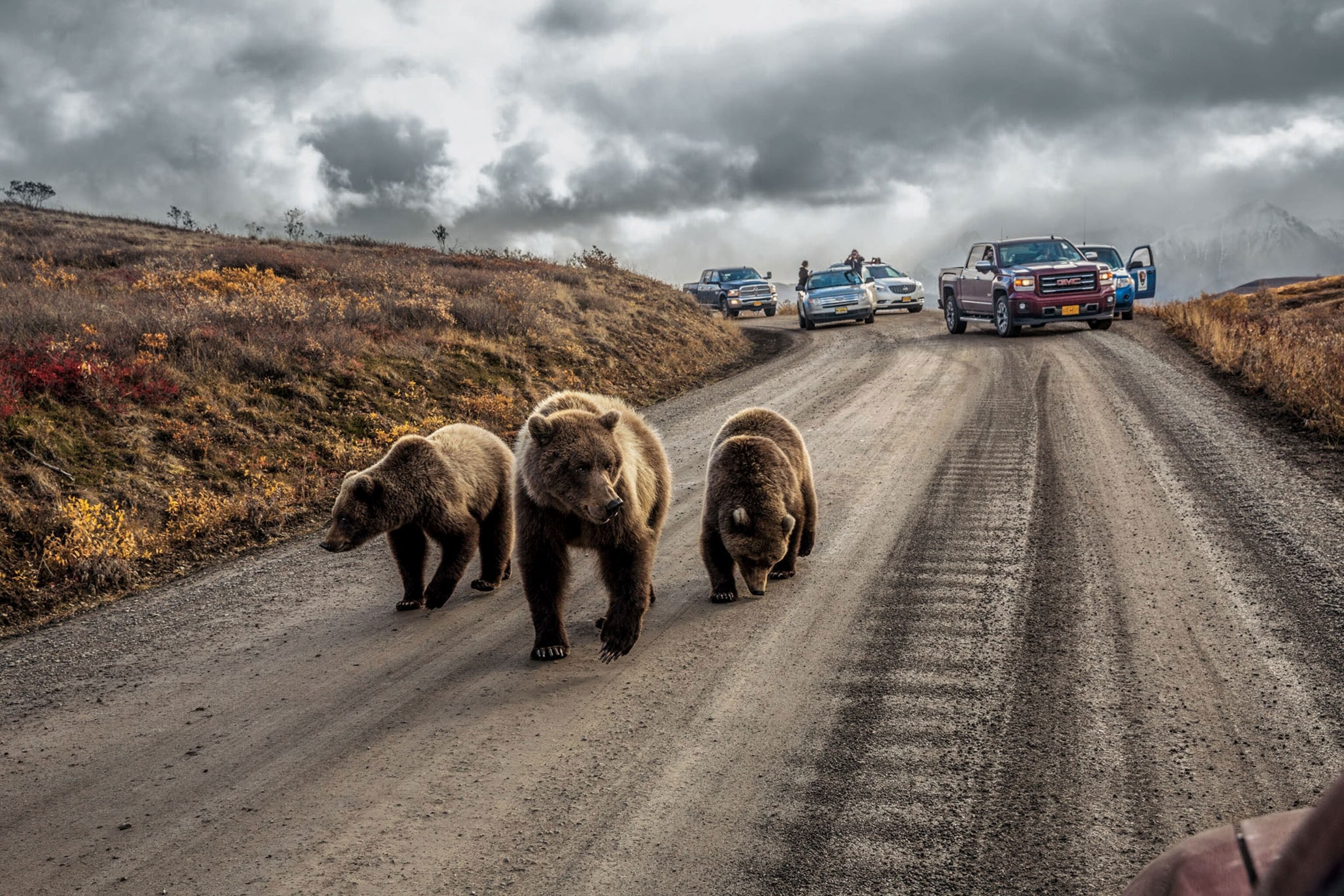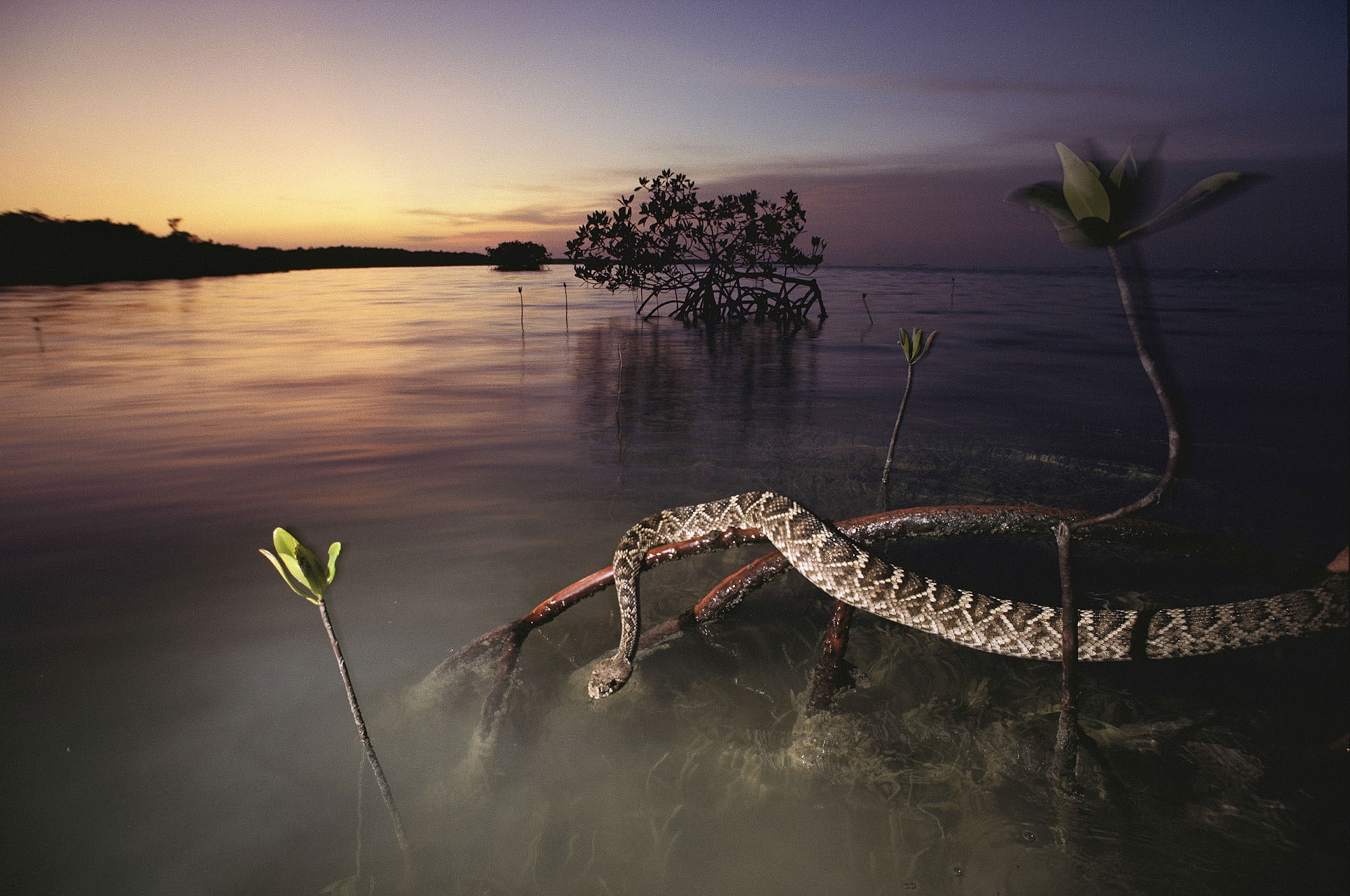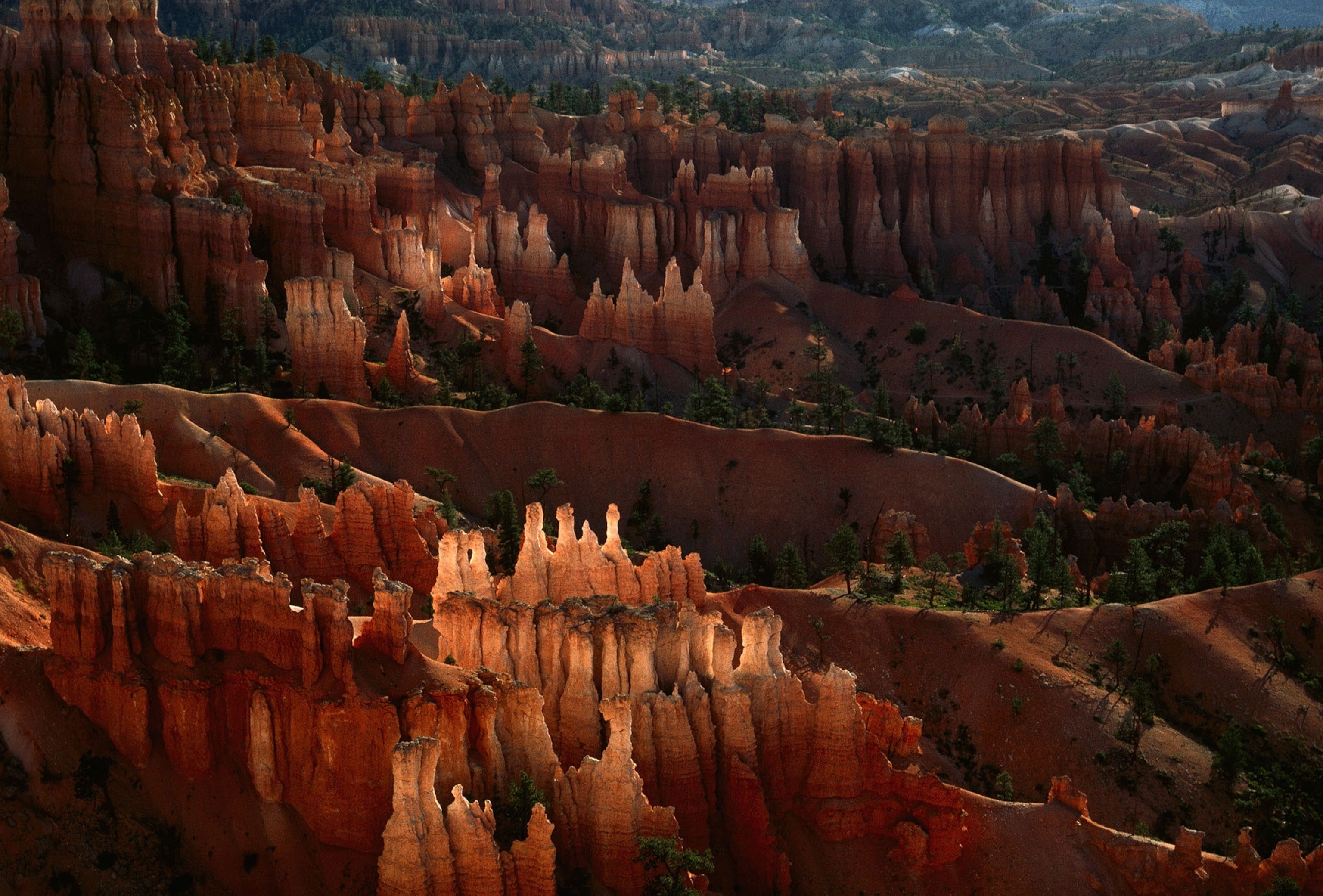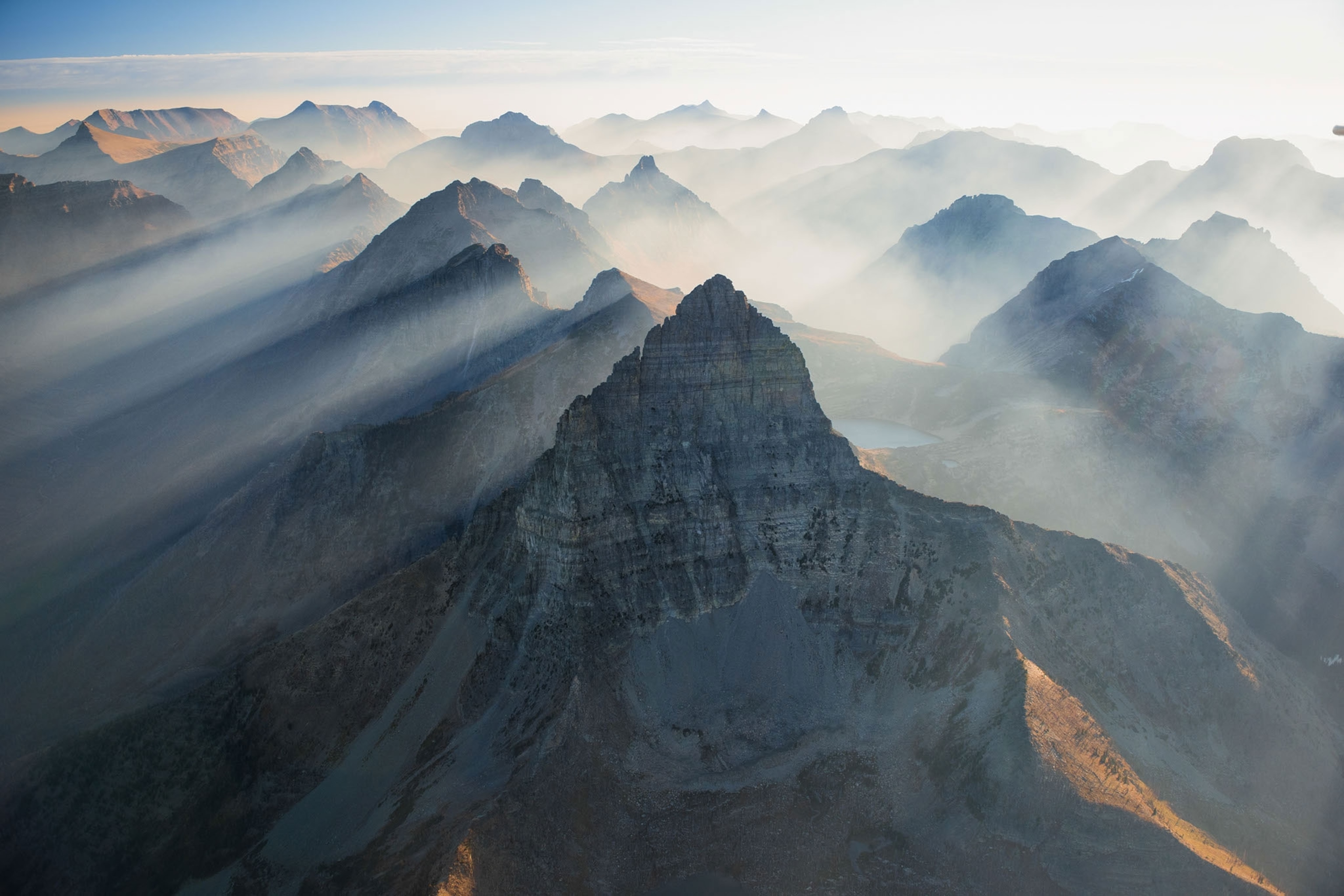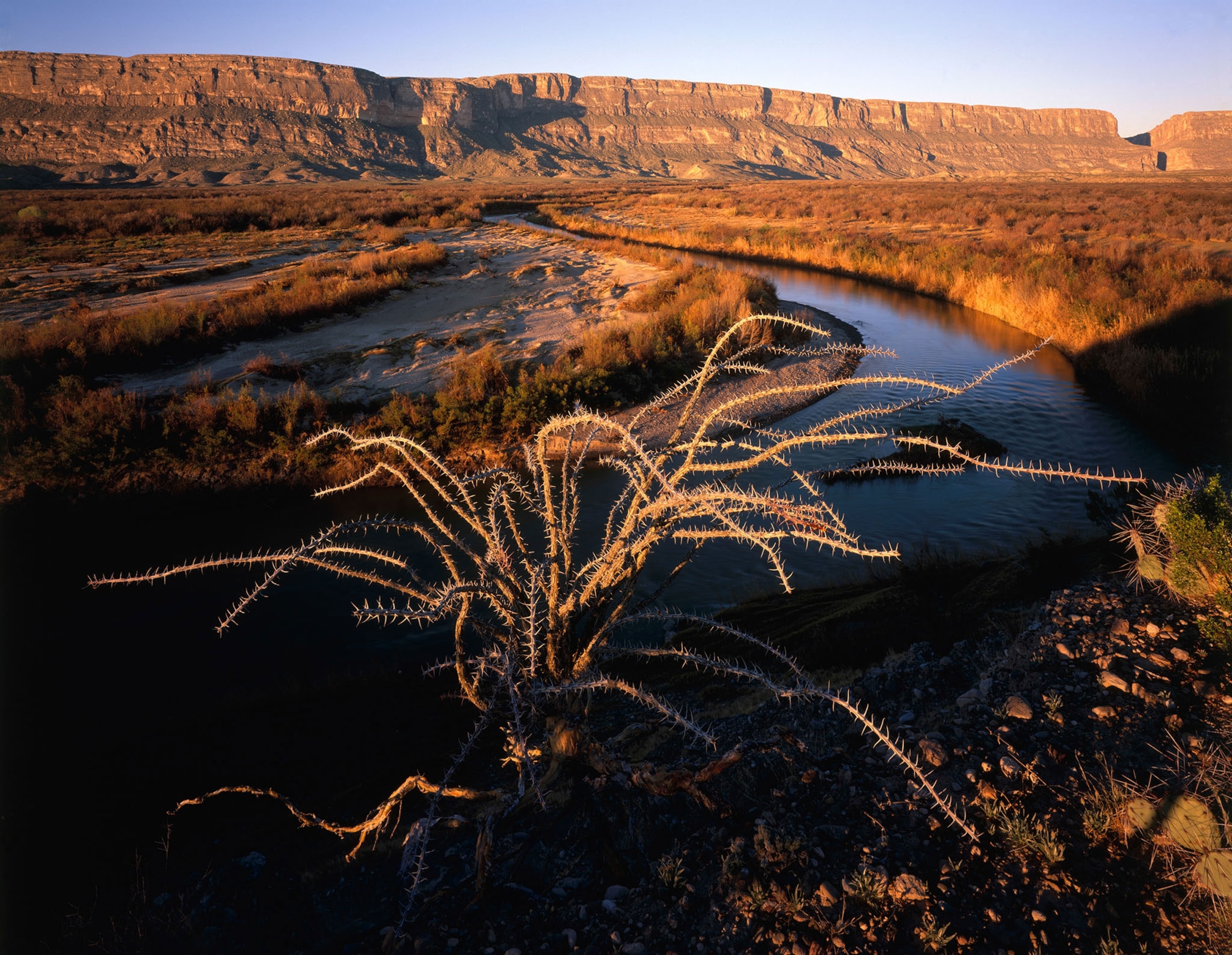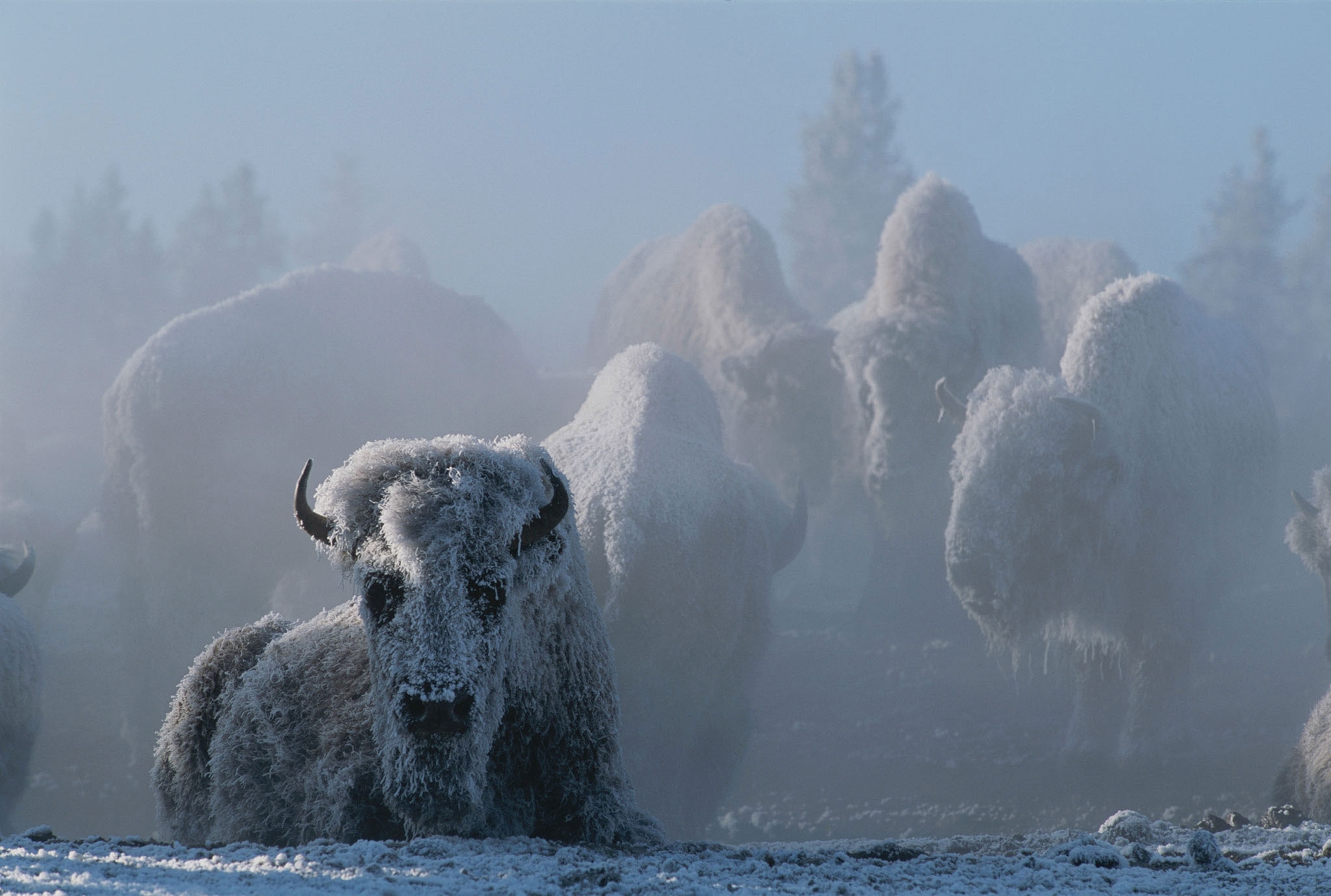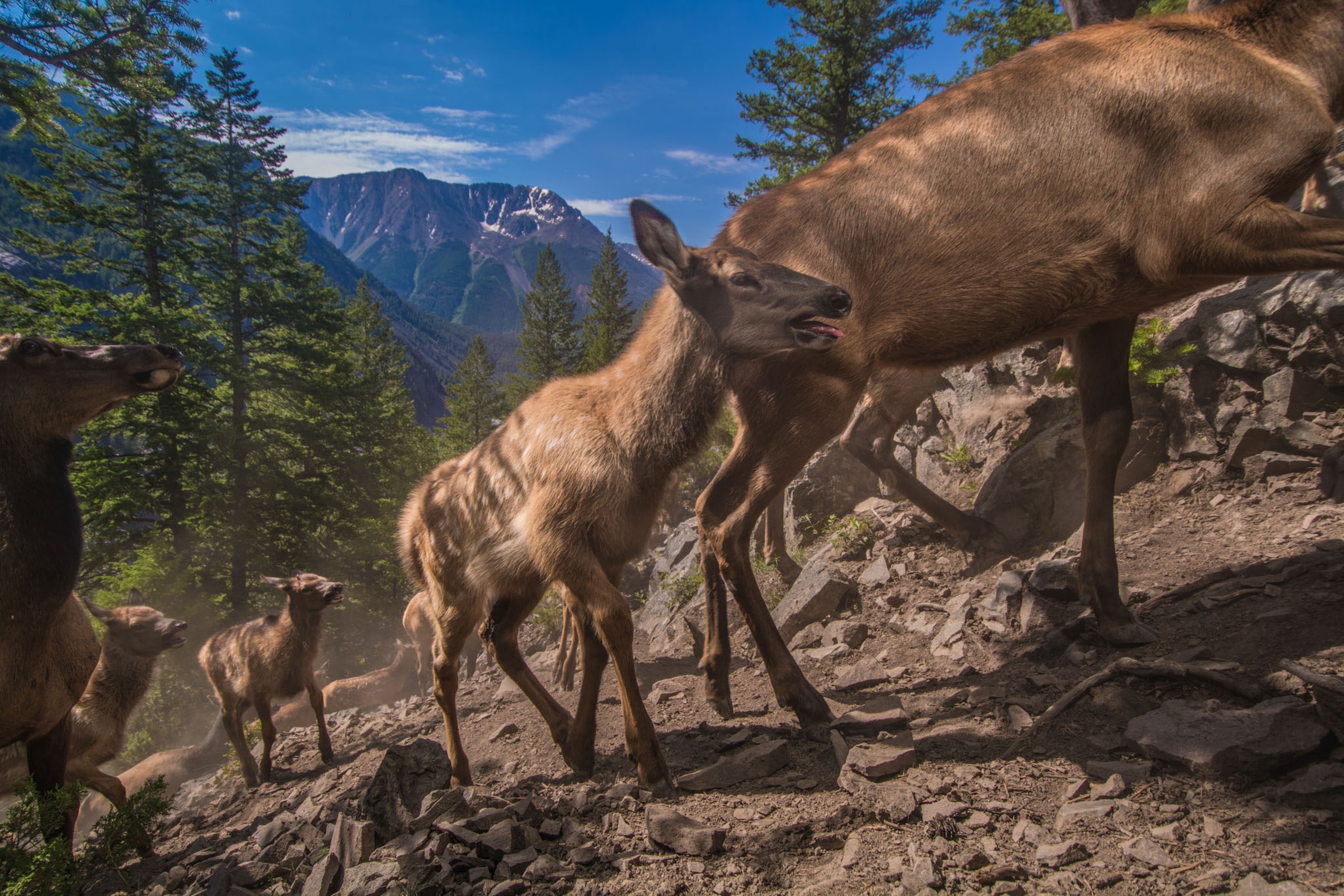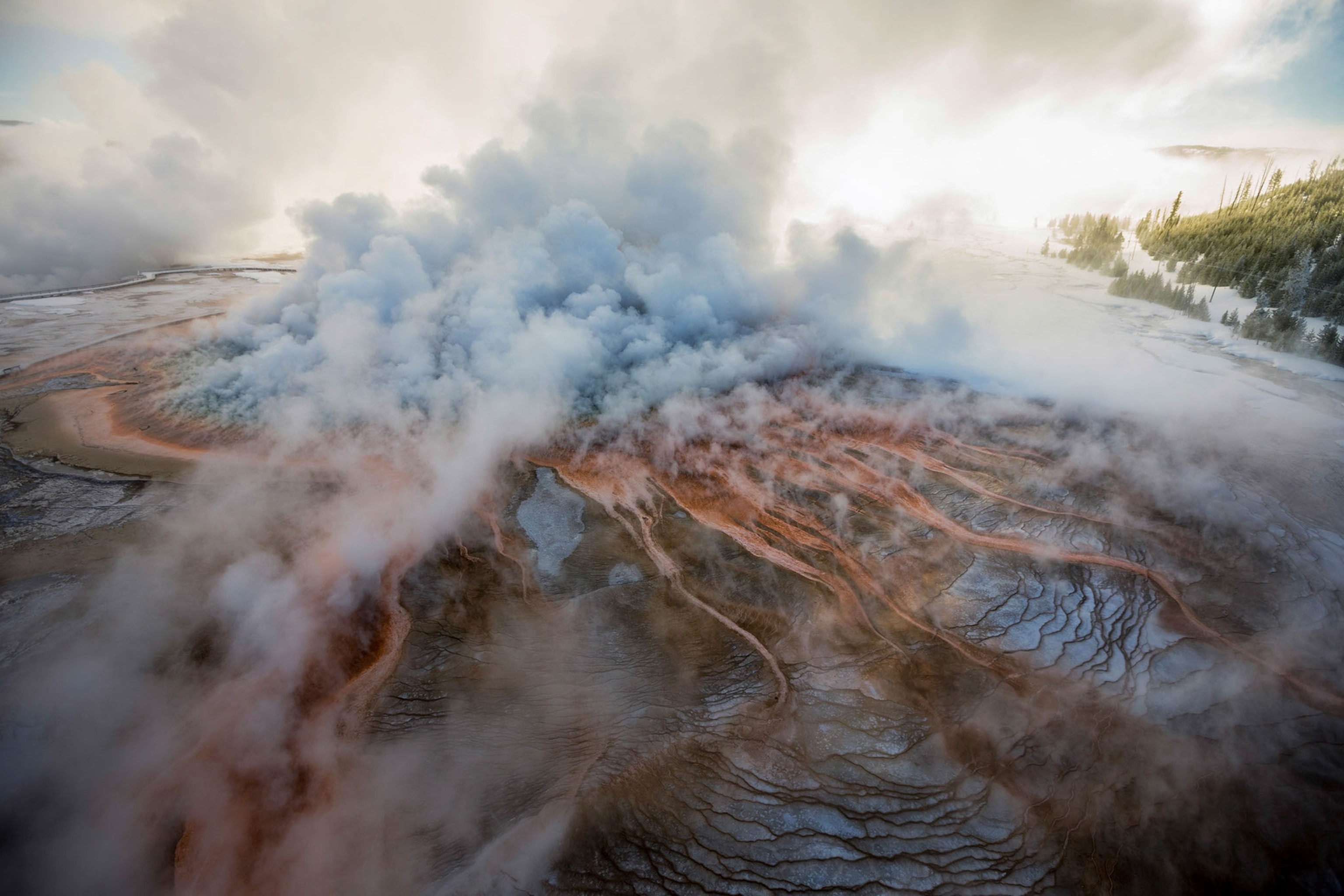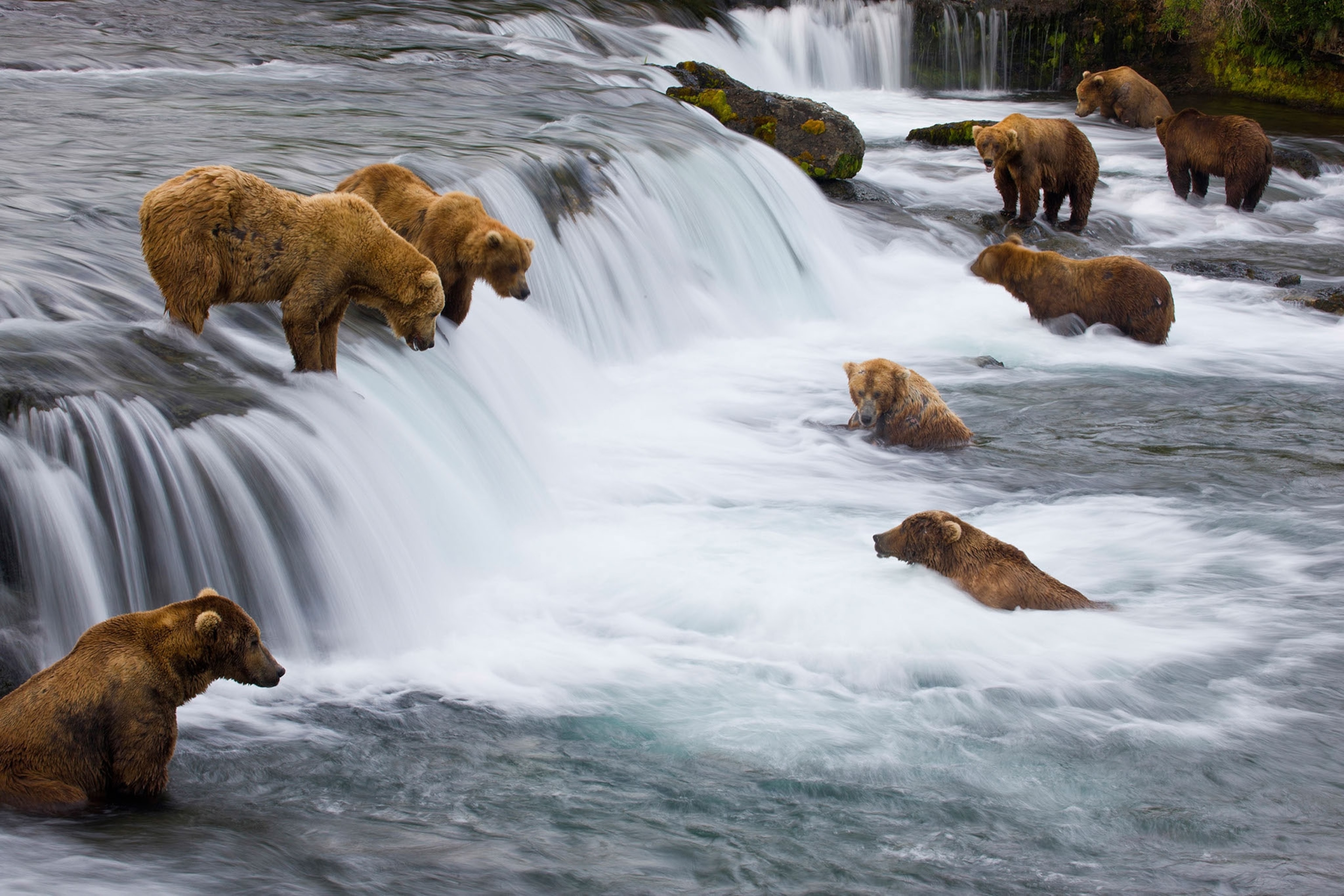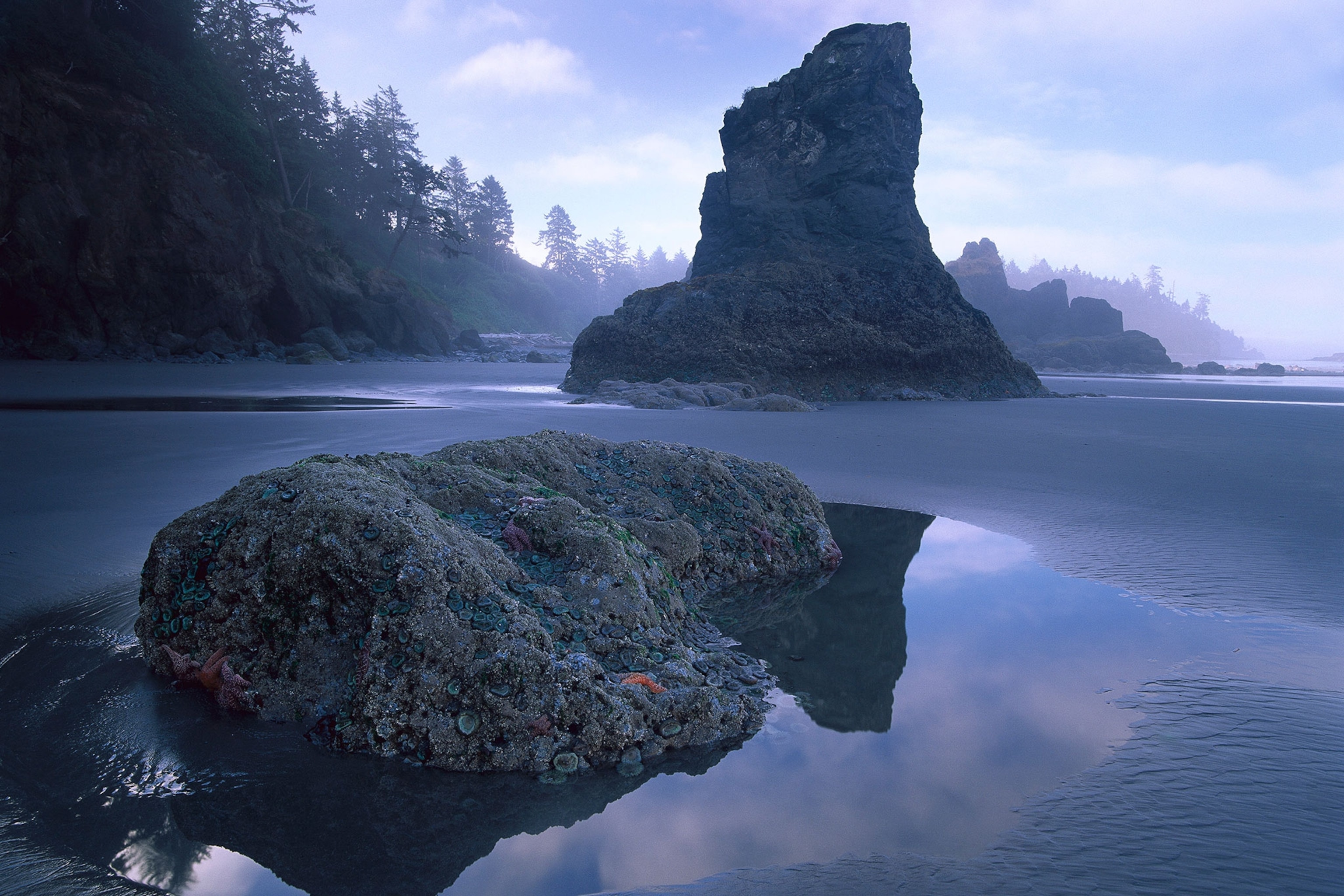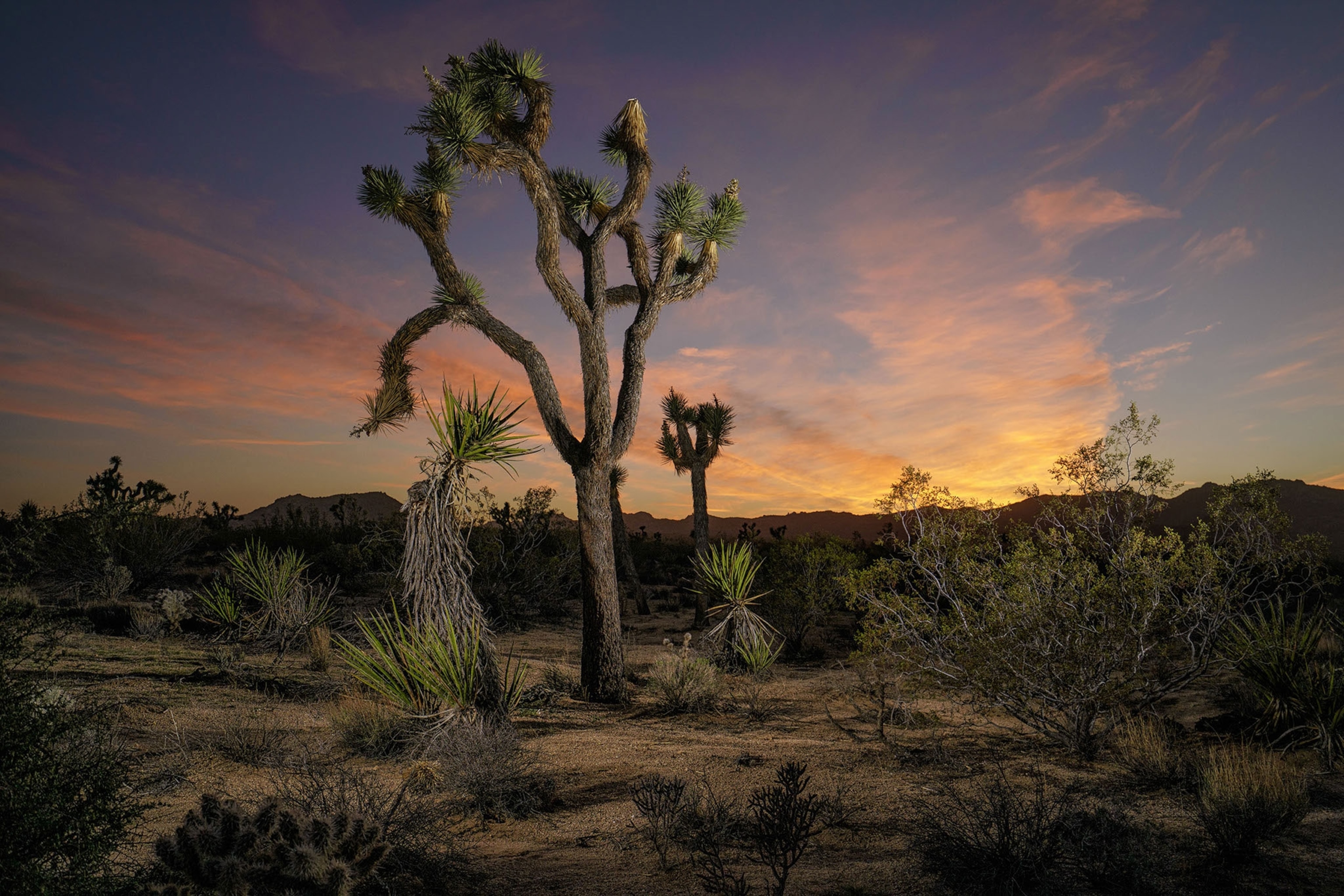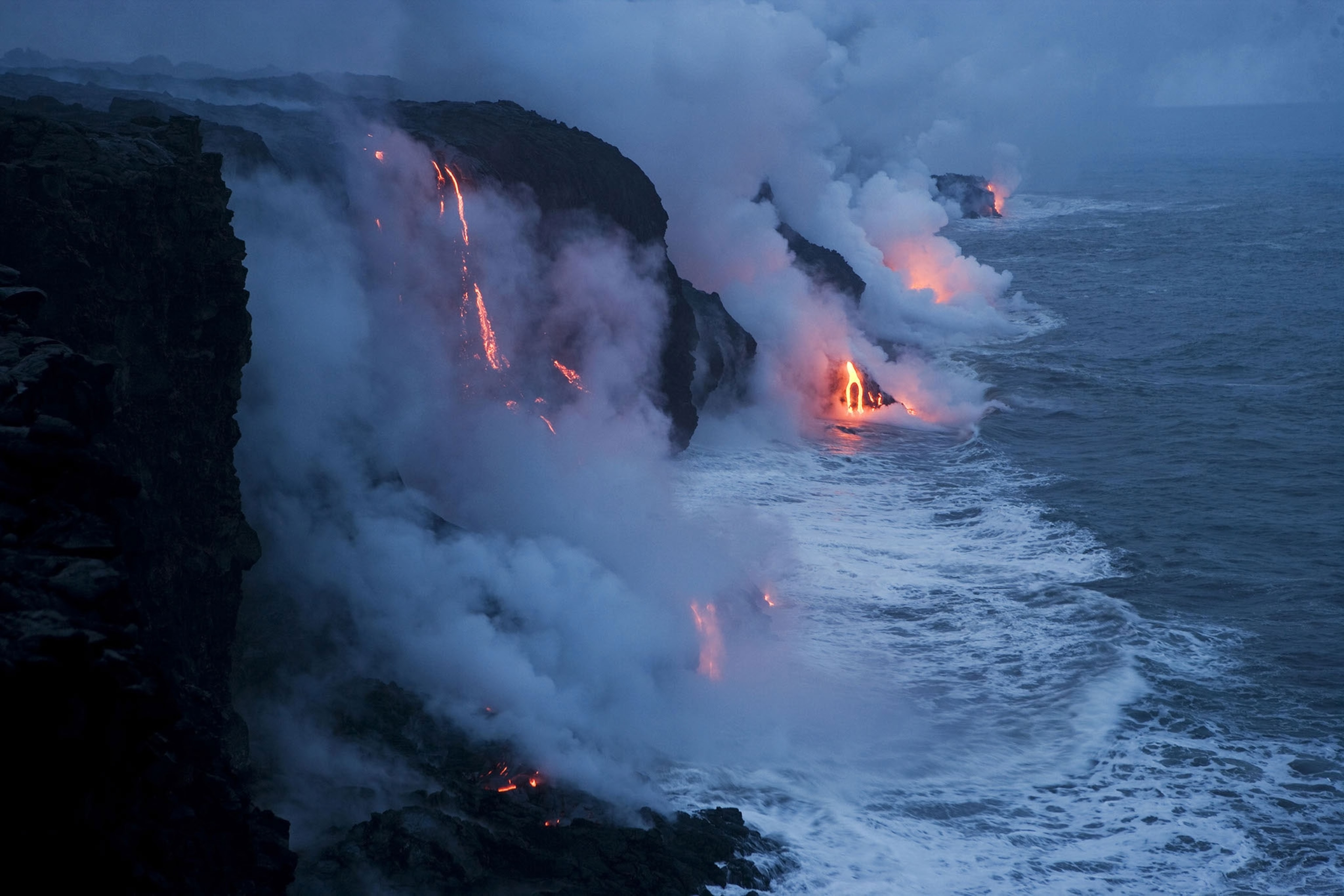Fun Facts About All 59 U.S. National Parks
Uncover lesser-known secrets about these iconic landscapes.
Plenty of people still think the National Park system is, as writer Wallace Stegner put it, “America’s best idea.” Over the last year alone, its 84 million acres were visited over 331 million times. But this vast network still has plenty of secrets left to explore. Here are some surprising facts about each of the 59 parks.
Acadia National Park
Acadia is the oldest park east of the Mississippi River and the first instance where the land was donated to the federal government.
Arches National Park
There are more than 2,000 documented arches in the national park, some spanning up to 300 feet.
Badlands National Park
The Badlands are home to the largest known cluster of late Eocene and Oligocene mammal fossils.
Big Bend National Park
Historically, people traveled to the Hot Springs Historic District in Big Bend to heal their ailments. Today, visitors can soak in the 105-degree water that gushes from the old foundation of a bathhouse.
Biscayne National Park
Six shipwrecks over nearly a century have been mapped on Bicayne National Park's Maritime Heritage Trail.
Black Canyon of the Gunnison National Park
Sculpted over two million years with the help of the Gunnison River and forces of weather, the Black Canyon is a staggering 48 miles long.
Bryce Canyon National Park
Bryce Canyon has the largest collection of hoodoos–odd-shaped pillars of rock–in the world.
Canyonlands National Park
Horseshoe Canyon contains some of the most significant rock art in North America, including the intricate life-sized figures of the Great Gallery.
Capitol Reef National Park
The rocks in Capitol Reef National Park are up to 270 million years old.
Carlsbad Caverns National Park
More than 119 caves are hidden beneath the surface of the Chihuahuan Desert.
Channel Islands National Park
Divers and snorkelers can explore the watery remains of the Winfield Scott shipwreck. Between 1850 and 1900, at least 33 ships were wrecked in the Santa Barbara Channel.
Congaree National Park
Congaree National Park hosts the largest intact expanse of old growth bottomland hardwood forest in the southeastern United States.
Crater Lake National Park
Crater Lake's caldera is almost 6 miles in diameter and 3,900 feet deep.
Cuyahoga Valley National Park
True to its name, the Beaver Marsh wetland in Cuyahoga Valley National Park was created by beavers that moved along remnants of canals.
Death Valley National Park
Rare rainstorms in this normally desiccated landscape spawn spectacular spring wildflower displays.
Denali National Park and Preserve
Beyond mile 15 of the Denali Park Road, vistors need to explore the park by bus, bicycle, or on foot, as private vehicles are not allowed to help reduce traffic and protect the natural resources.
Dry Tortugas National Park
Dry Tortugas National Park is known for its abundance of sea turtles, including loggerheads, leatherbacks, and hawksbill turtles that annually nest in the area.
Everglades National Park
Alligators, manatees, and white ibis can be found across the 1.5 million acres of wetland in the park. Harder to spot is the elusive Flordia panther, although this is the only breeding population of Puma in the eastern U.S.
Gates of the Arctic National Park
This park is not for the casual hiker as there are no trails or visitor services available, so a backpacking trip here is not for the faint of heart.
Glacier National Park
Together with Waterton Lakes National Park in Canada, Glacier National Park makes up the world's first international peace park. The countries work together through these parks to resolve natural resource issues that transcend the country borders.
Glacier Bay National Park
Glaciers cover over 2,000 square miles of this park, which 250 years ago was a single, large tidewater glacier. The Margerie and Johns Hopkins glacier are two of the most stable, while most glaciers in the park are receding.
Grand Canyon National Park
The South Rim of the canyon is open 24 hours a day, 365 days a year, while the North Rim facilities are only open from mid-May through mid-October each year.
Grand Teton National Park
The park received its name from early 19th century French trappers, who called the Teton Mountain Range "les trois tetons"-–which means "the three breasts" or "the three teats."
Great Basin National Park
This park is home to over 40 known caves. The cave life in the system even expands to a newly discovered species of amphipod (also known as a freshwater shrimp) in Model Cave.
Great Sand Dunes National Park and Preserve
Over 200 ponderosa pine trees that were historically used for food and medicine by American Indian tribes are protected by the park–the only grove of trees on the National Register of Historic Places.
Great Smoky Mountains National Park
This park is home to over 1,500 types of flowering plants that bloom year-round. A Spring Wildflower Pilgrimage takes places each year, a festival with many guided walks and hikes.
Guadalupe Mountains National Park
More than 80 miles of trails will lead you through the woodlands, forests, and sand dunes of this park.
Haleakala National Park
Haleakala, meaning "House of the Sun" in Hawaiian, is one of the world's largest volcanic craters. When visiting, be sure to listen to advice on pacing and hydrating as the rim reaches over 10 thousand feet.
Hawaii Volcanoes National Park
As might be perceived by the parks name, two active volcanoes are within the bounds of this national park, Kilauea being the world's most active. They are safe and accessible to visit if you follow the rules of the park.
Hot Springs National Park
The thermal hot springs waters in this park heat naturally to 143ºF.
Isle Royale National Park
Isle Royale National Park is the only national park in the United States that completely closes in the off-season. The park is typically closed November through mid-April due to extreme weather conditions.
Joshua Tree National Park
Joshua Tree National Park is named for the Joshua trees (Yucca brevifolia) native to the park.
Katmai National Park and Preserve
Katmai National Park is home to the largest concentration of brown bears in the world. In fact, more bears than people are estimated to live on the Alaska Peninsula.
Kenai Fjords National Park
Kenai Fjords National Park is named for the numerous fjords carved by glaciers moving down the mountains from the Harding Icefield.
Kings Canyon National Park
Kings Canyon was designated by UNESCO as part of the Sequoia-Kings Canyon Biosphere Reserve.
Kobuk Valley National Park
The Great Kobuk Sand Dunes are the largest active sand dunes in the Arctic and cover 30 square miles with towering sand.
Lake Clark National Park
Lake Clark, centrally located in Lake Clark National Park, is a 50-mile-long clear, turquoise body of water that is fed by glaciers, waterfalls, rivers, and streams.
Lassen Volcanic National Park
Four types of volcanoes—shield, composite, cinder cone, and plug dome—can be found in Lassen Volcanic National Park, where they literally bubble and steam.
Mammoth Cave National Park
Mammoth Cave National Park is the world's longest known cave system, with more than 400 miles explored.
Mesa Verde National Park
Mesa Verde National Park is also a UNESCO World Heritage site and protects over 5000 archeological sites, the largest archaeological preserve in the U.S.
Related: Vintage Photos of Our National Parks
Mount Rainier National Park
Mount Rainier is a large active stratovolcano. It is considered one of the most dangerous volcanoes in the world.
National Park of American Samoa
National Park of American Samoa is the only National Park Service site south of the Equator.
North Cascades National Park
North Cascades National Park has the most glaciers of any U.S. park outside Alaska with more than 300 glaciers.
Olympic National Park
Covering nearly one million acres, Olympic National Park provides three distinct ecosystems—glaciated mountains, rugged Pacific coastline, and lush temperate forests.
Petrified Forest National Park
Petrified Forest National Park is the only national park site that contains a segment of the Historic Route 66 alignment.
- National Geographic Expeditions
Pinnacles National Park
Known for its spectacular rock formations, beautiful spring wildflowers, and large groups of endangered condors, Pinnacles National Park is the newest of the 59 national parks.
Redwood National Park
Redwood National Park is home to the world's tallest tree called Hyperion, which earned recognition from the Guinness Book of World Records and remarkably grows on a hill.
Rocky Mountain National Park
The Rockies inspired sisters Esther and Elizabeth Burnell to become the first female naturalists certified by the National Park Service.
Saguaro National Park
The Saguaro gets its first arm at the age of seventy and damaging these majestic plants is illegal, with risk of fines or jail time.
Sequoia National Park
Providing superpower protection, the bark of a giant sequoia tree may be thickest of any tree on Earth––some outer layers of bark measure over two feet thick at the base, providing protection against extreme elements.
Shenandoah National Park
Shenandoah National Park was built by members of the Civilian Conservation Corps, a government jobs program created during the Great Depression of the 1930s. Workers constructed the rock walls, overlooks, picnic grounds, campgrounds, trails, and the Skyline Drive.
Great Smoky Mountains National Park
There are about 100 species of trees that are native to the Smokies–more than any other national park in North America.
Theodore Roosevelt National Park
Theodore Roosevelt first came to the Badlands as a game-hunter, but inspired by the rugged landscape, helped to establish 230 million acres of public lands during his presidency.
Virgin Islands National Park
The only mammal native to St. John is the bat, which pollinates the many floral species and eats lots of insects, such as mosquitoes.
Voyageurs National Park
Voyageurs National Park has been occupied by humans for nearly 10,000 years.
Wind Cave National Park
This is the first cave to be designated a national park anywhere in the world.
Wrangell-St. Elias National Park
At 13.2 million acres, this park is the same size as Yellowstone, Yosemite, and Switzerland combined.
Yellowstone National Park
Yellowstone sits atop the largest supervolcano in North America.
Yosemite National Park
Towering more than 350 stories above Yosemite Valley, El Capitan is the largest exposed granite monolith in the world.
Zion National Park
The park is named after the Hebrew word, “Zion.” This word translates as “a place of peace and relaxation.”




























































